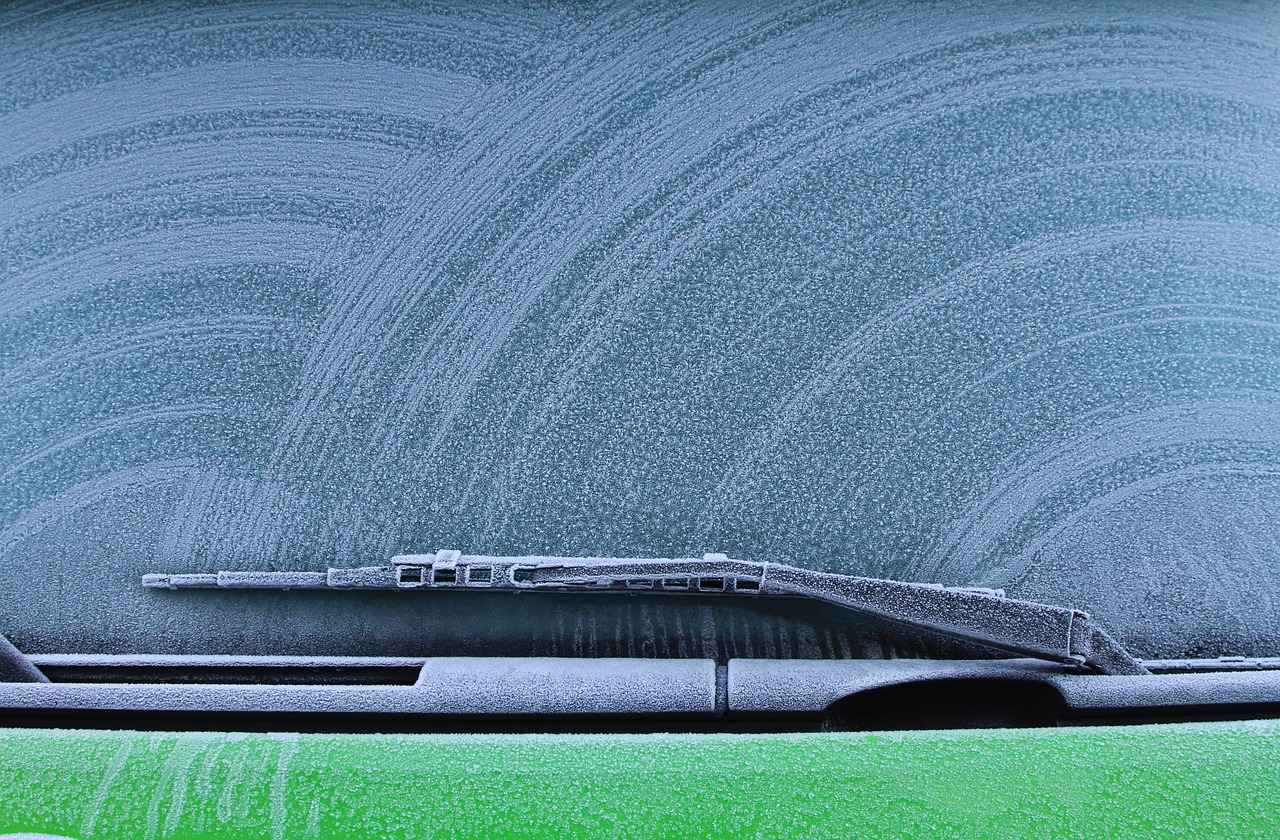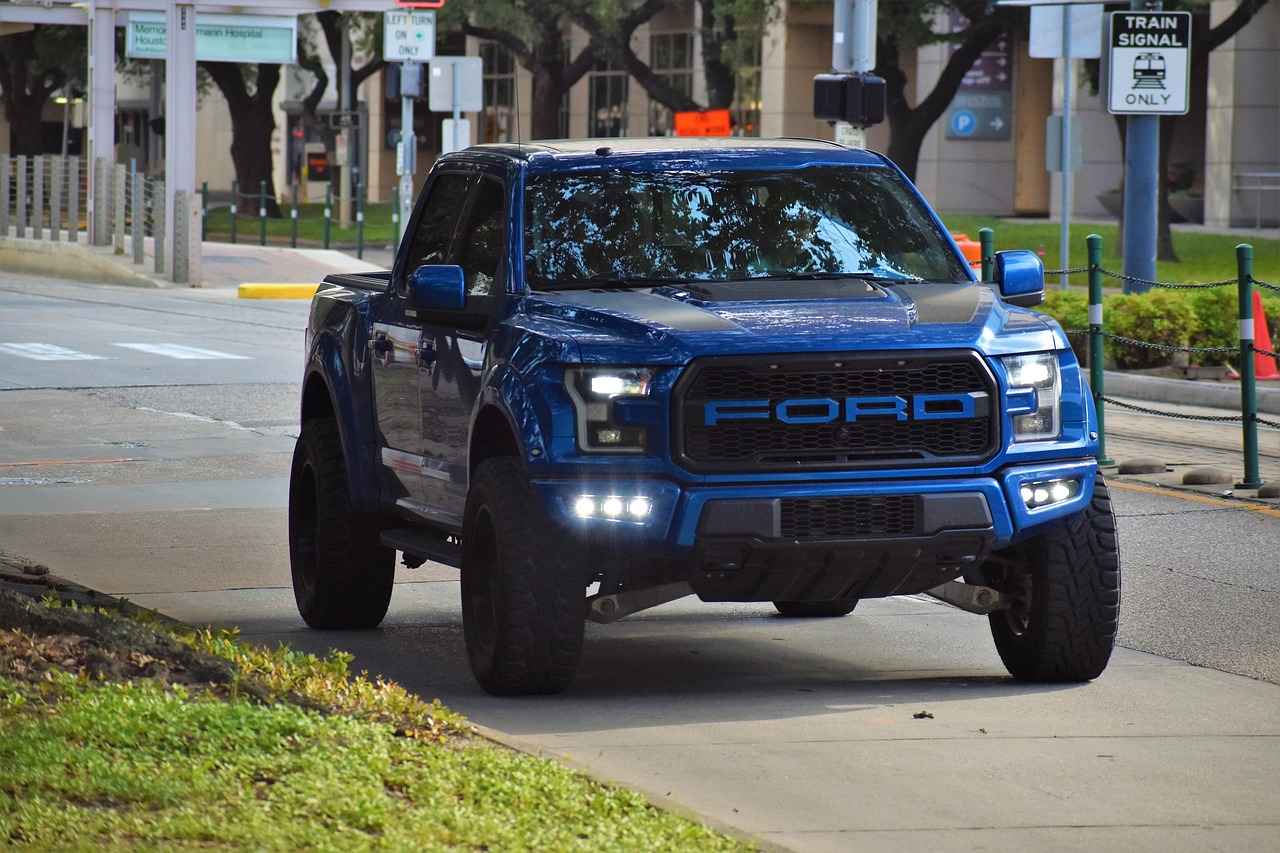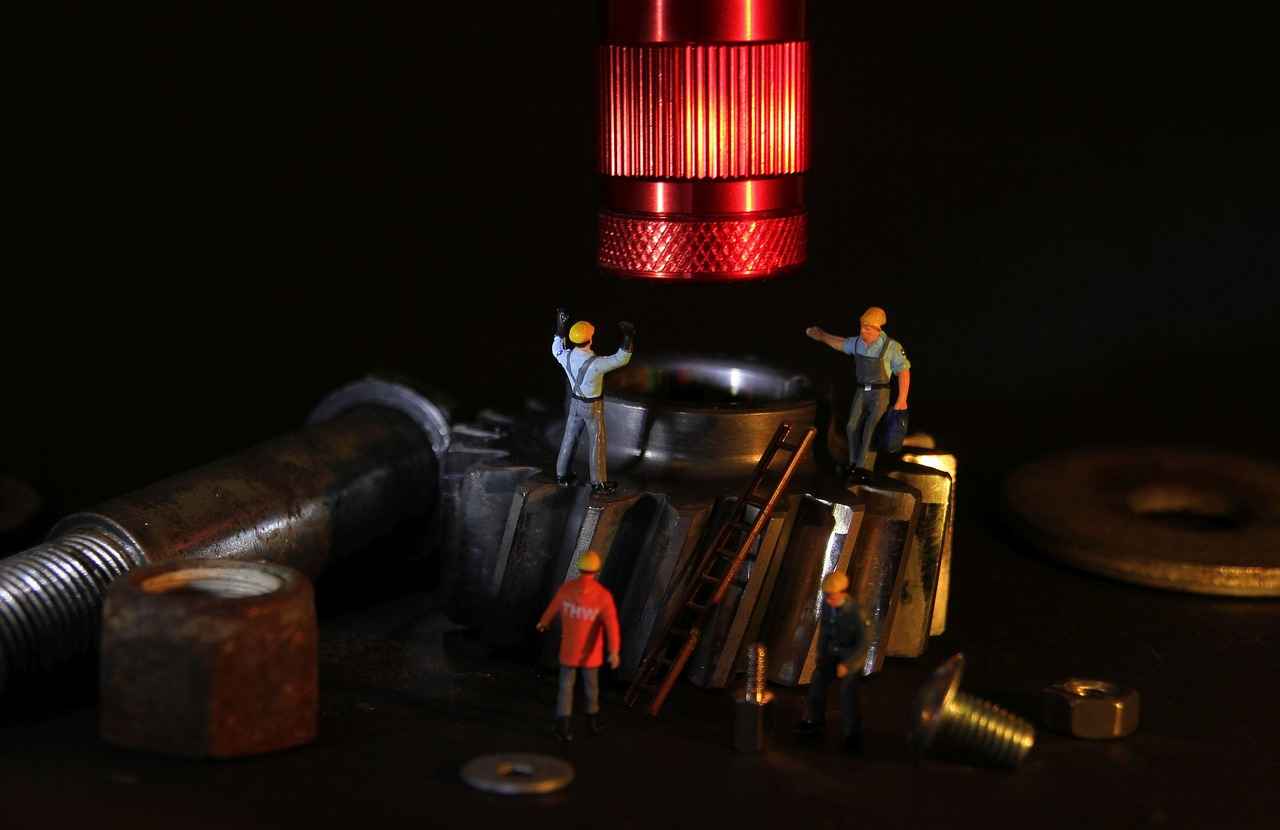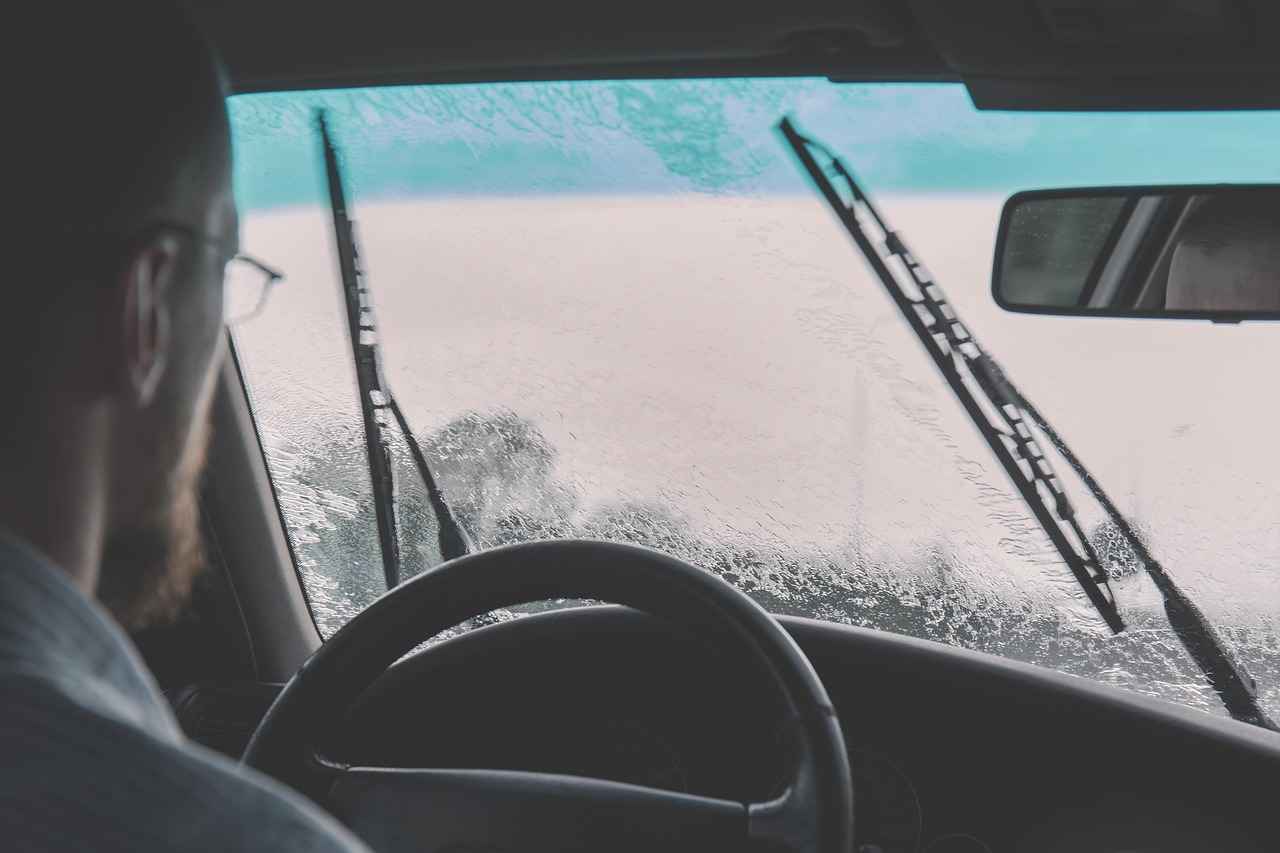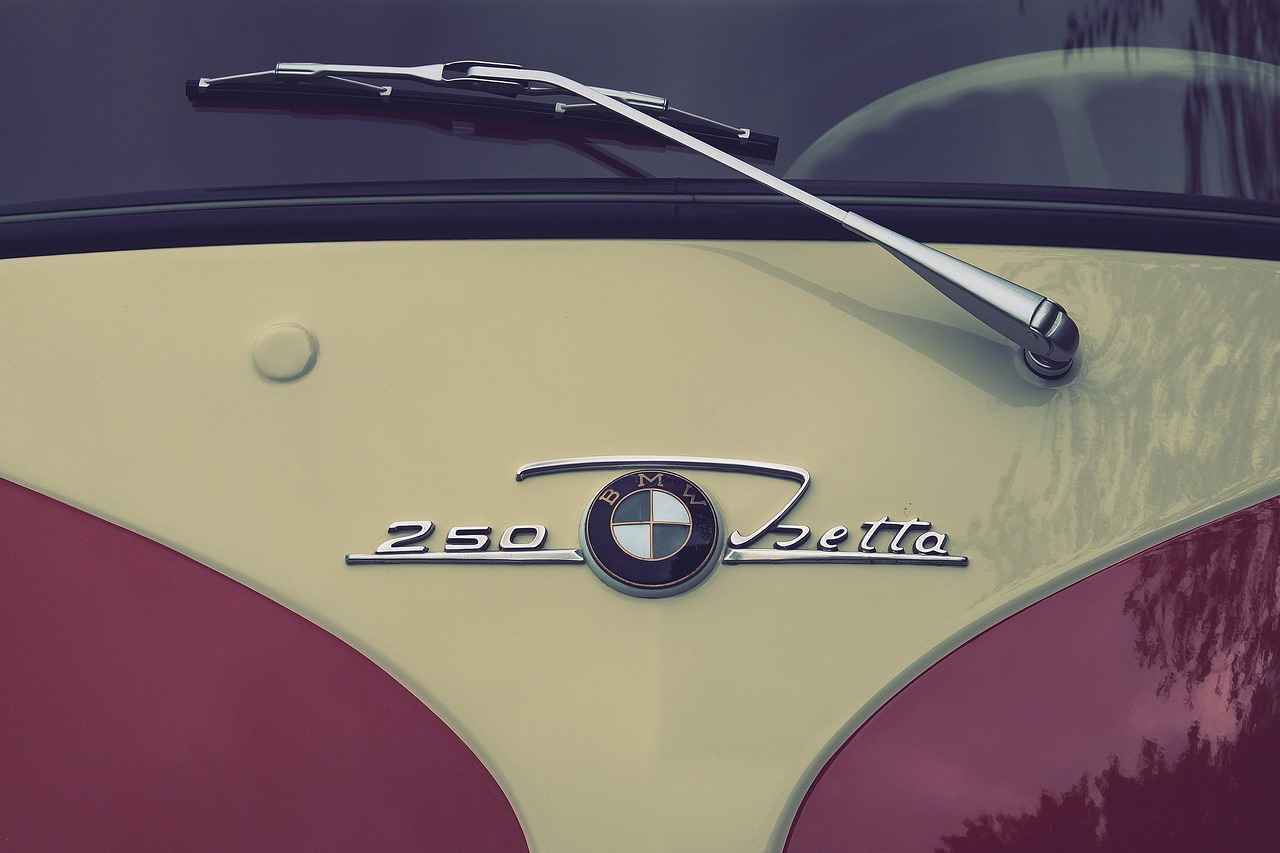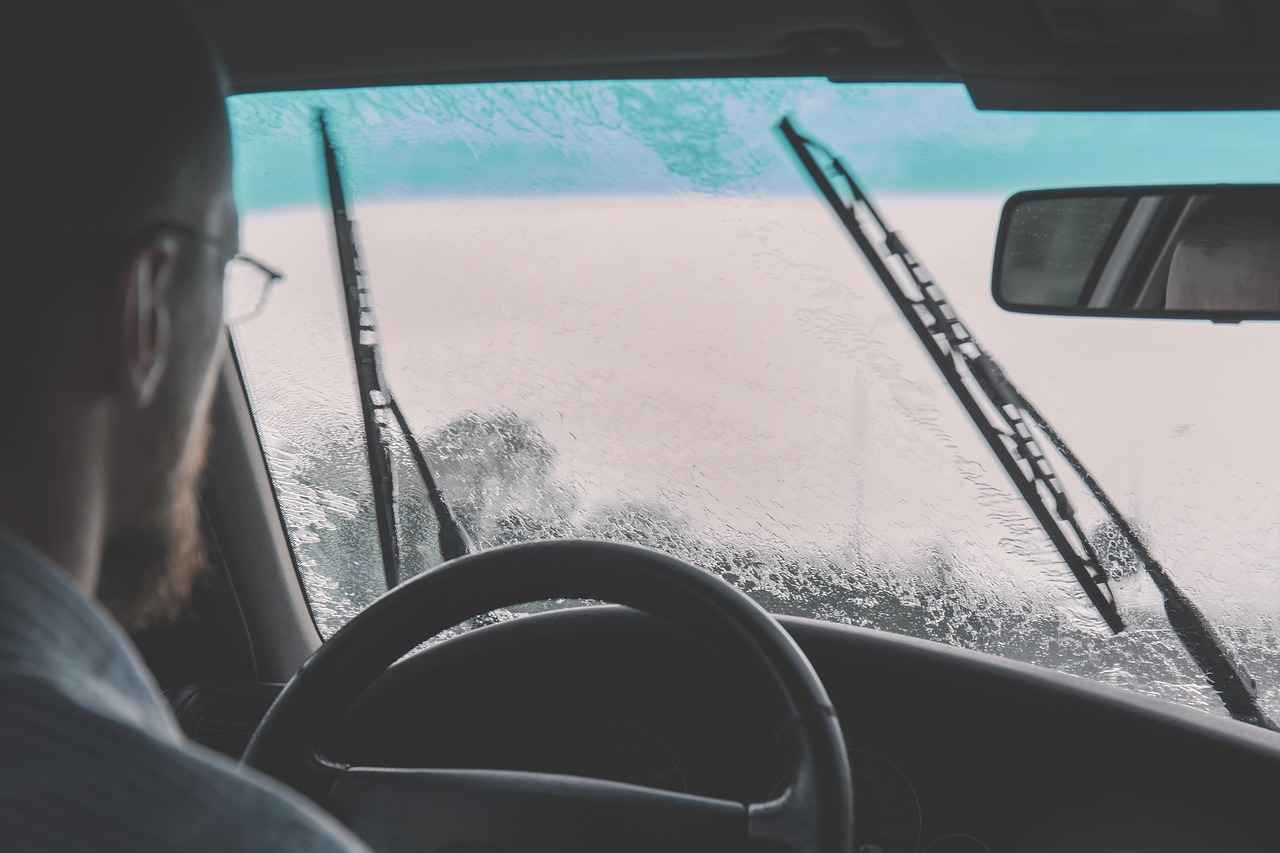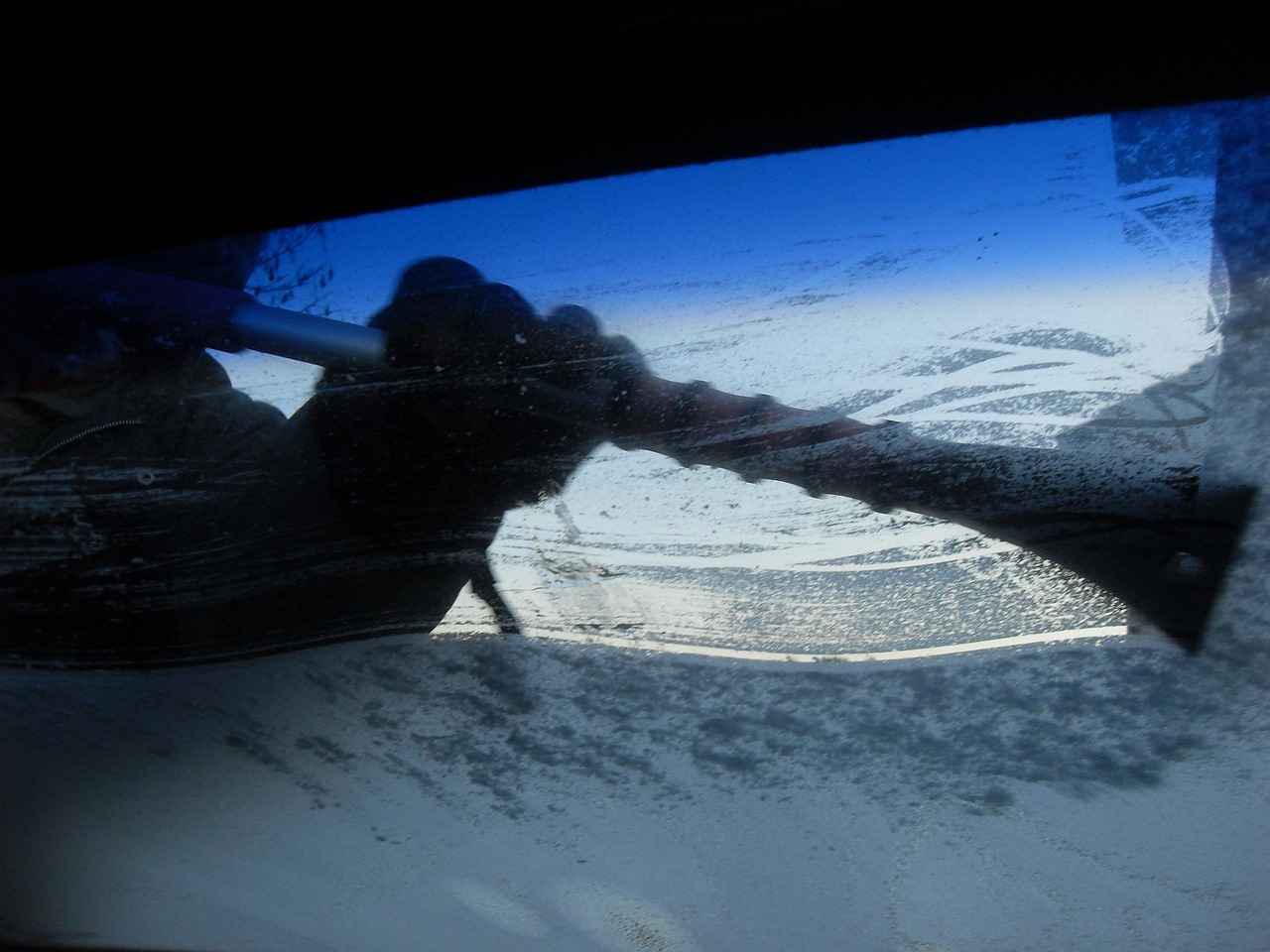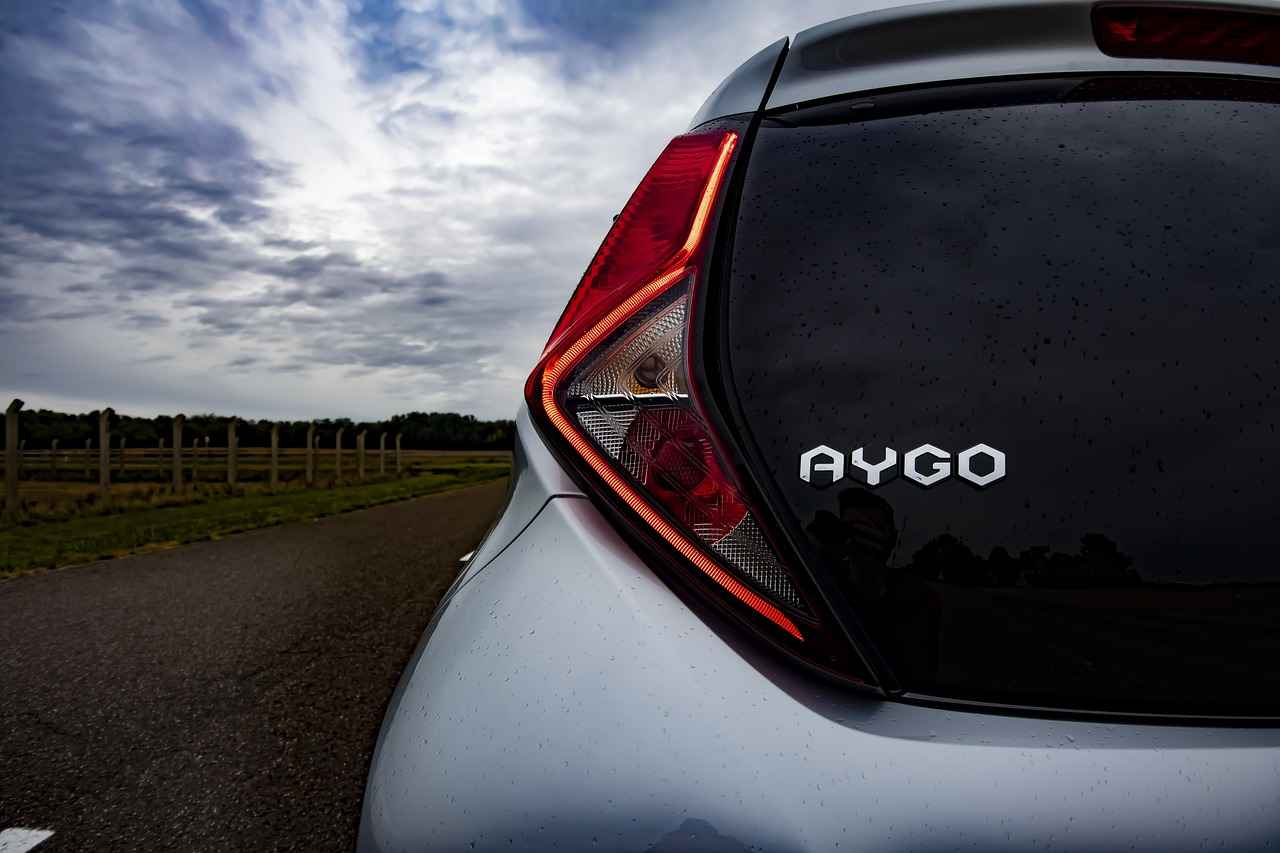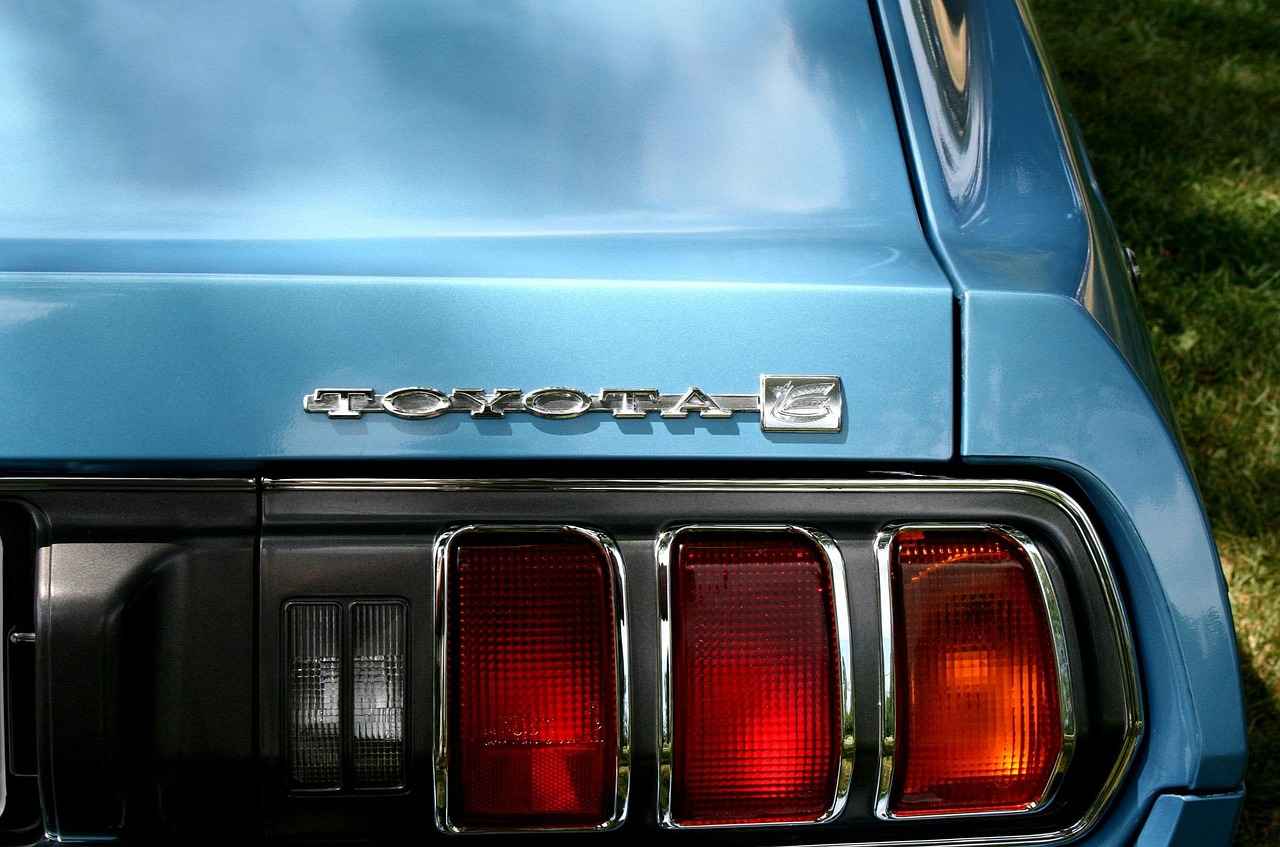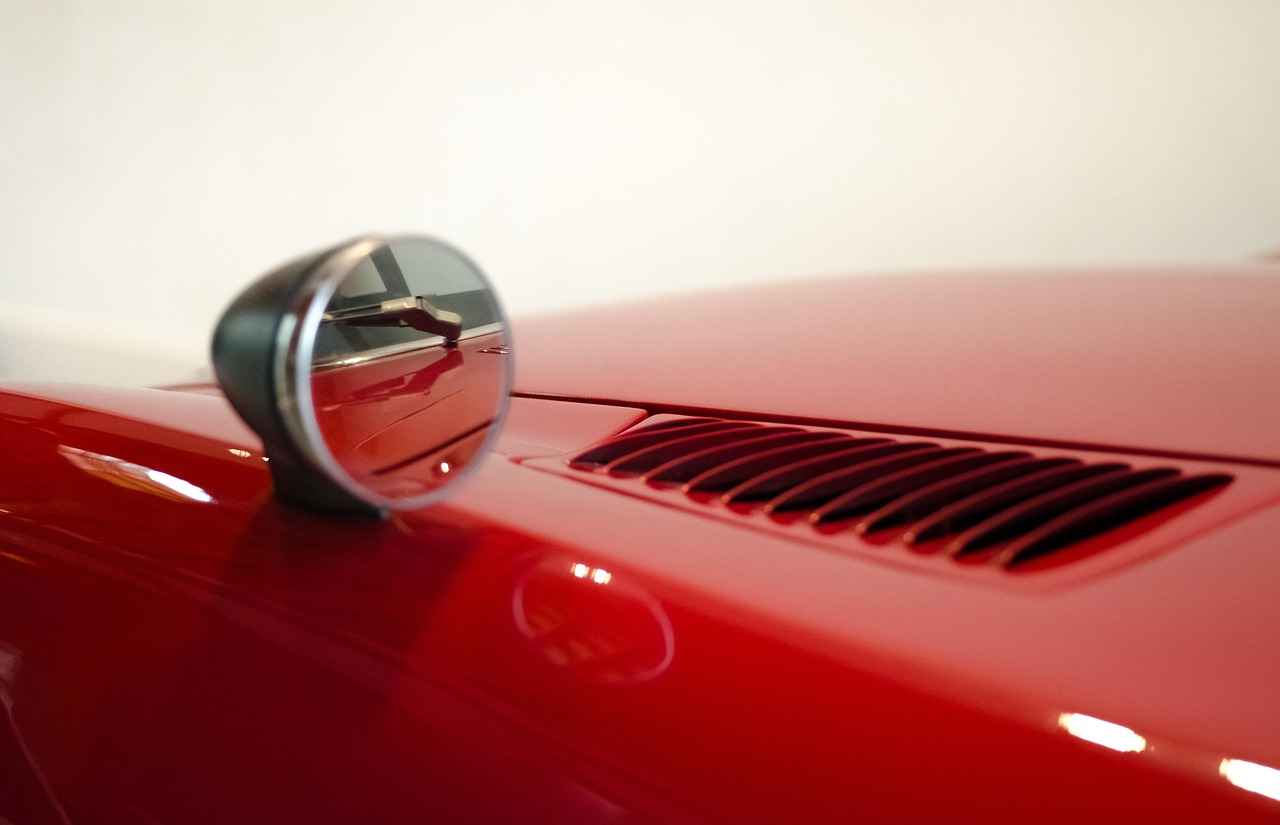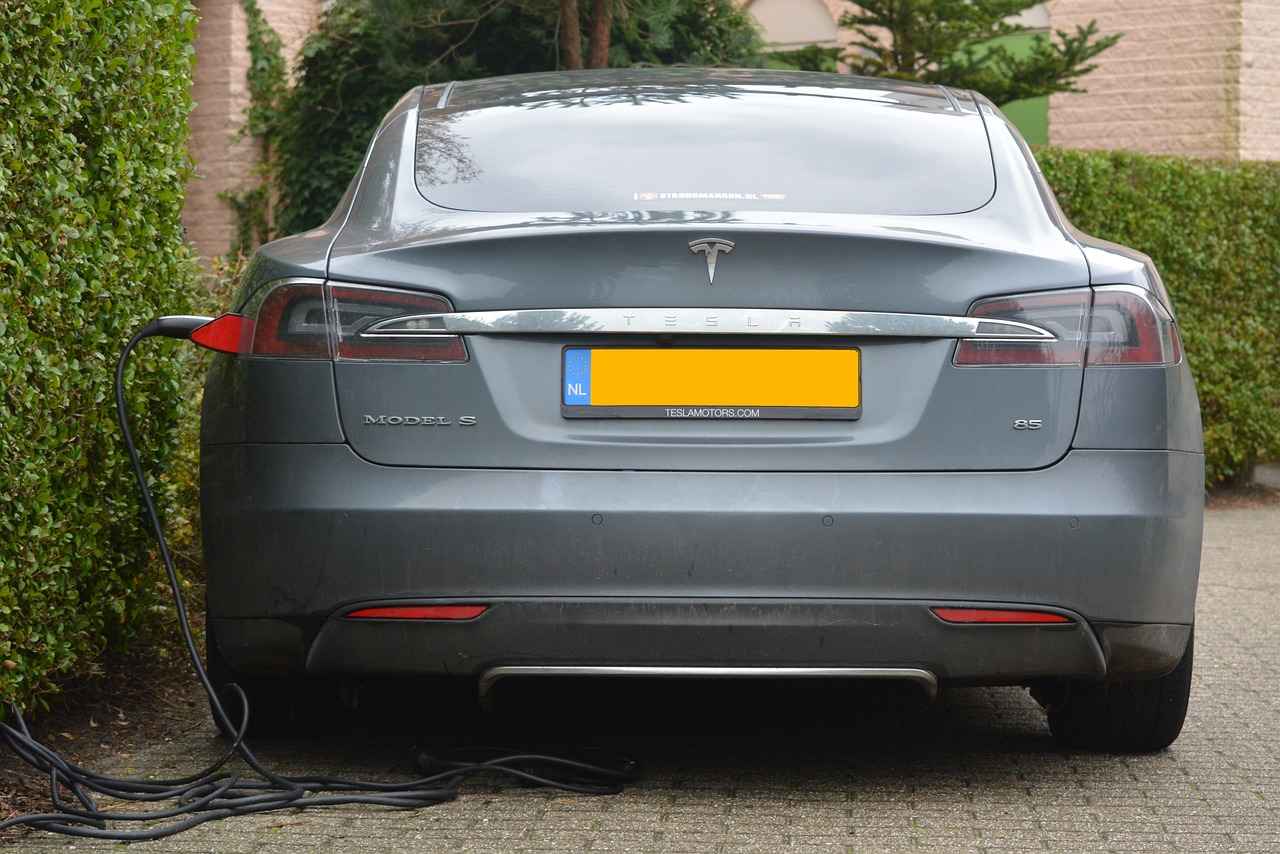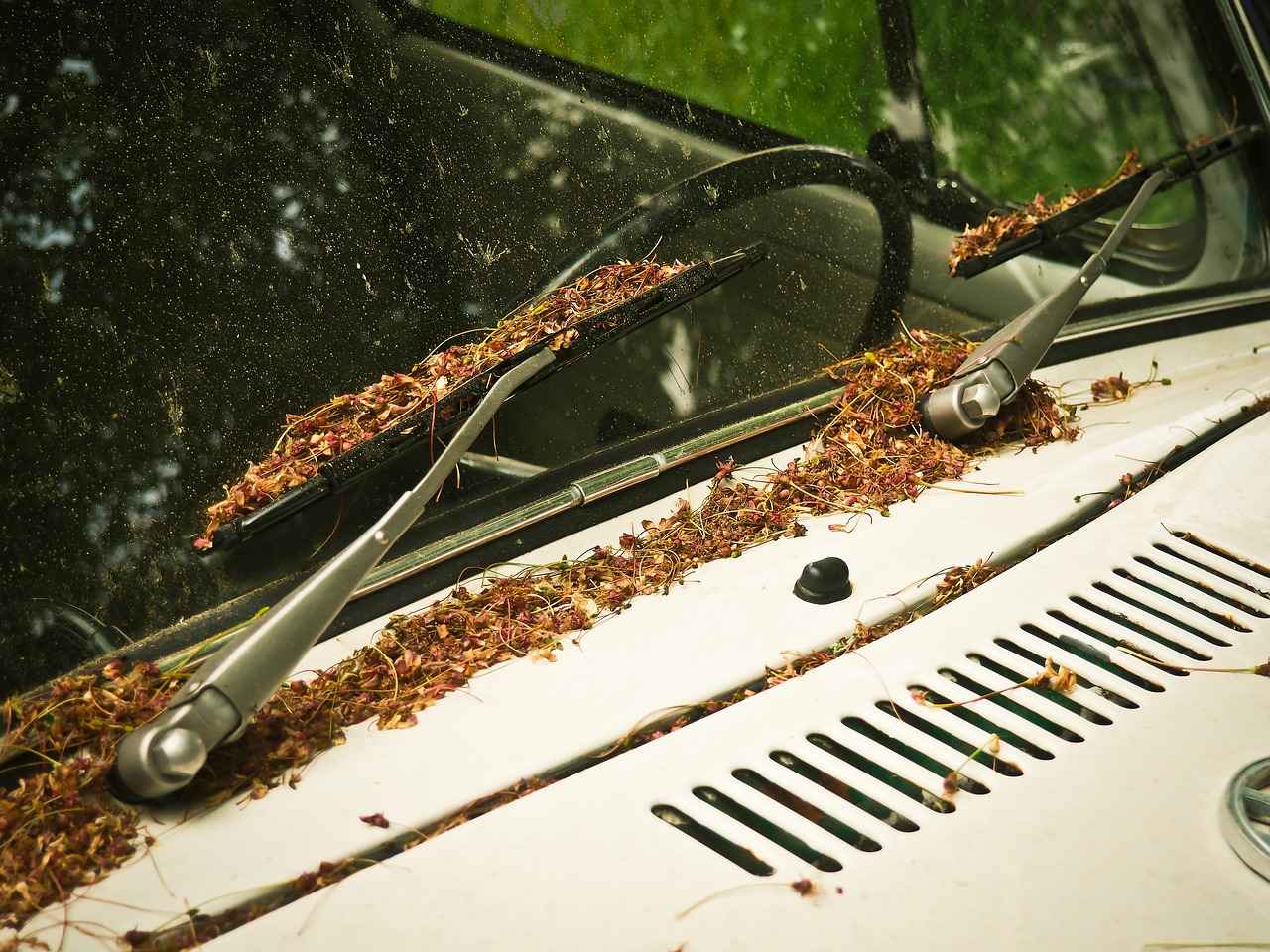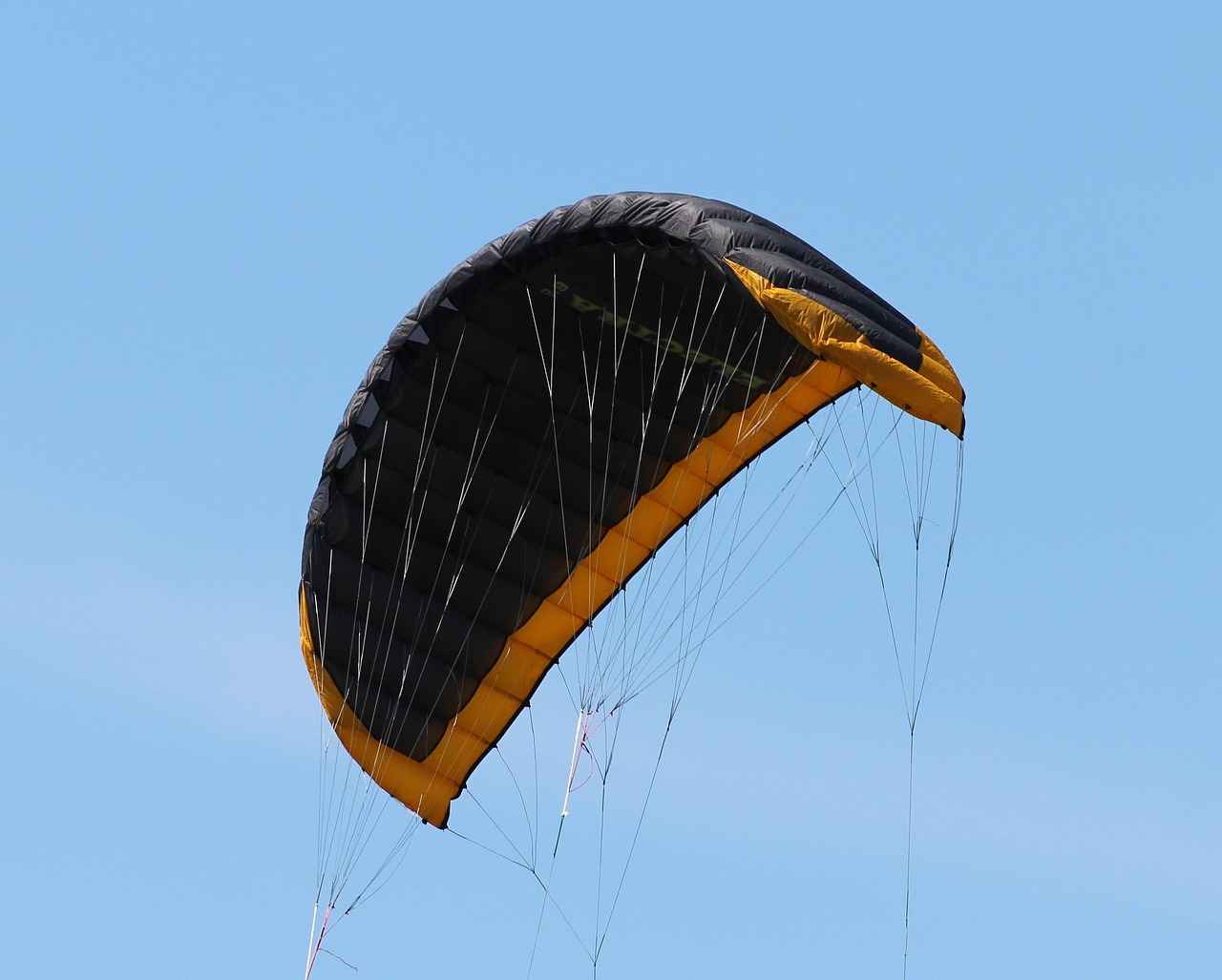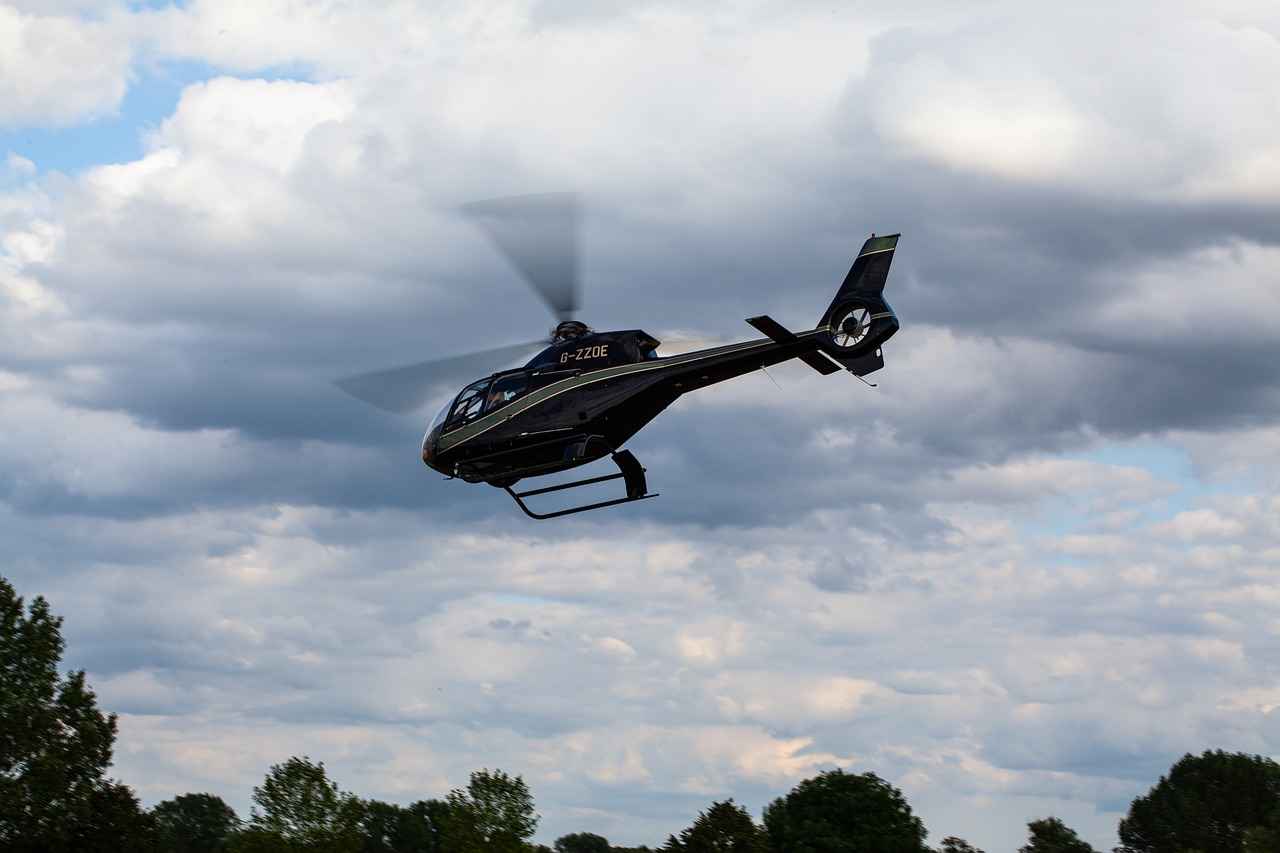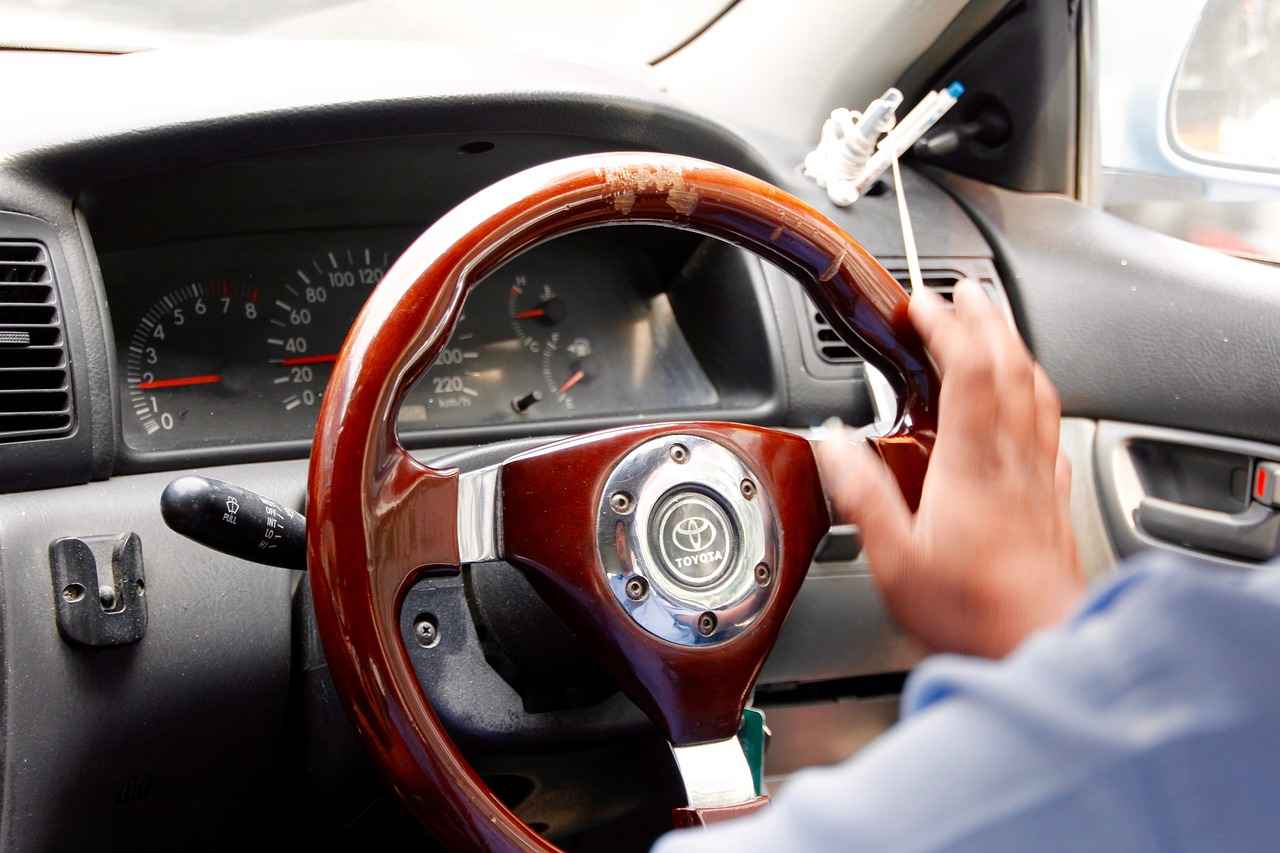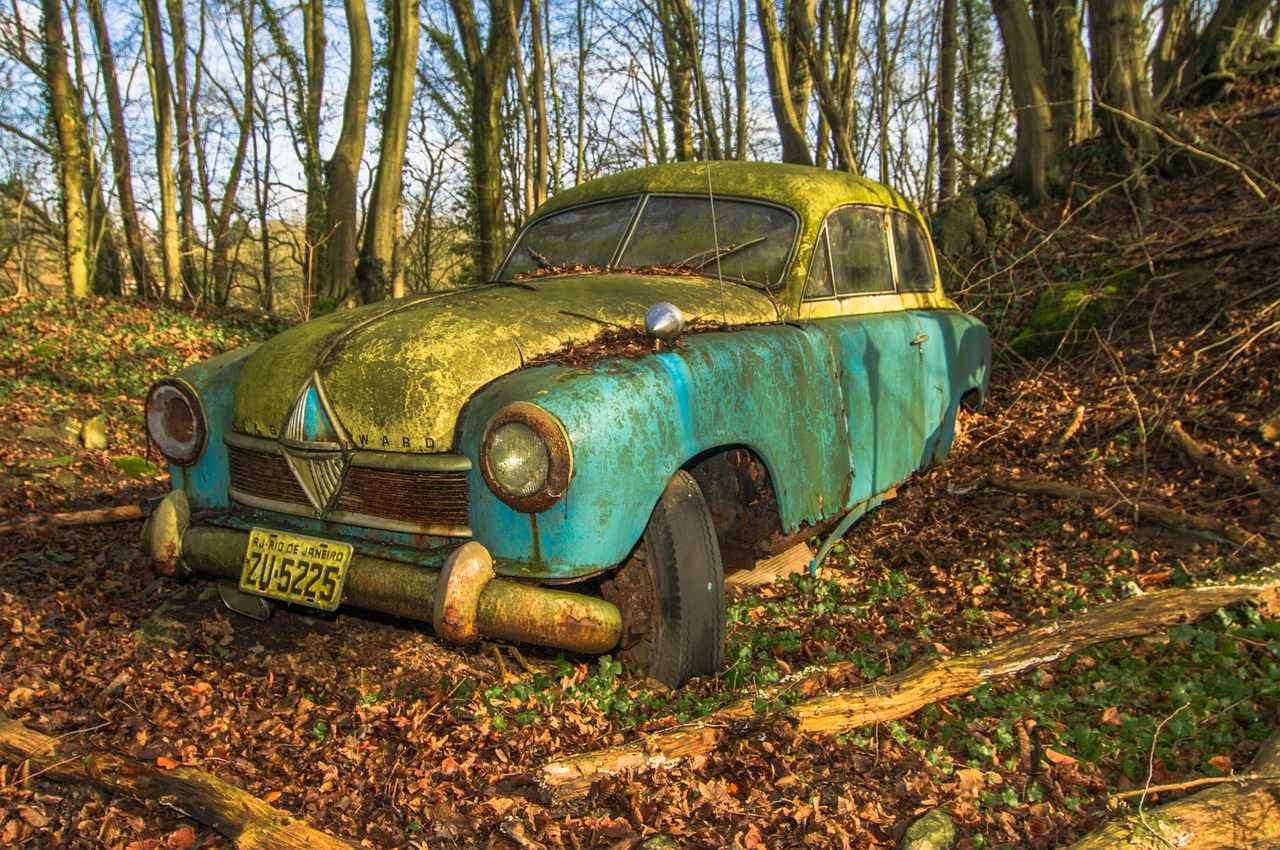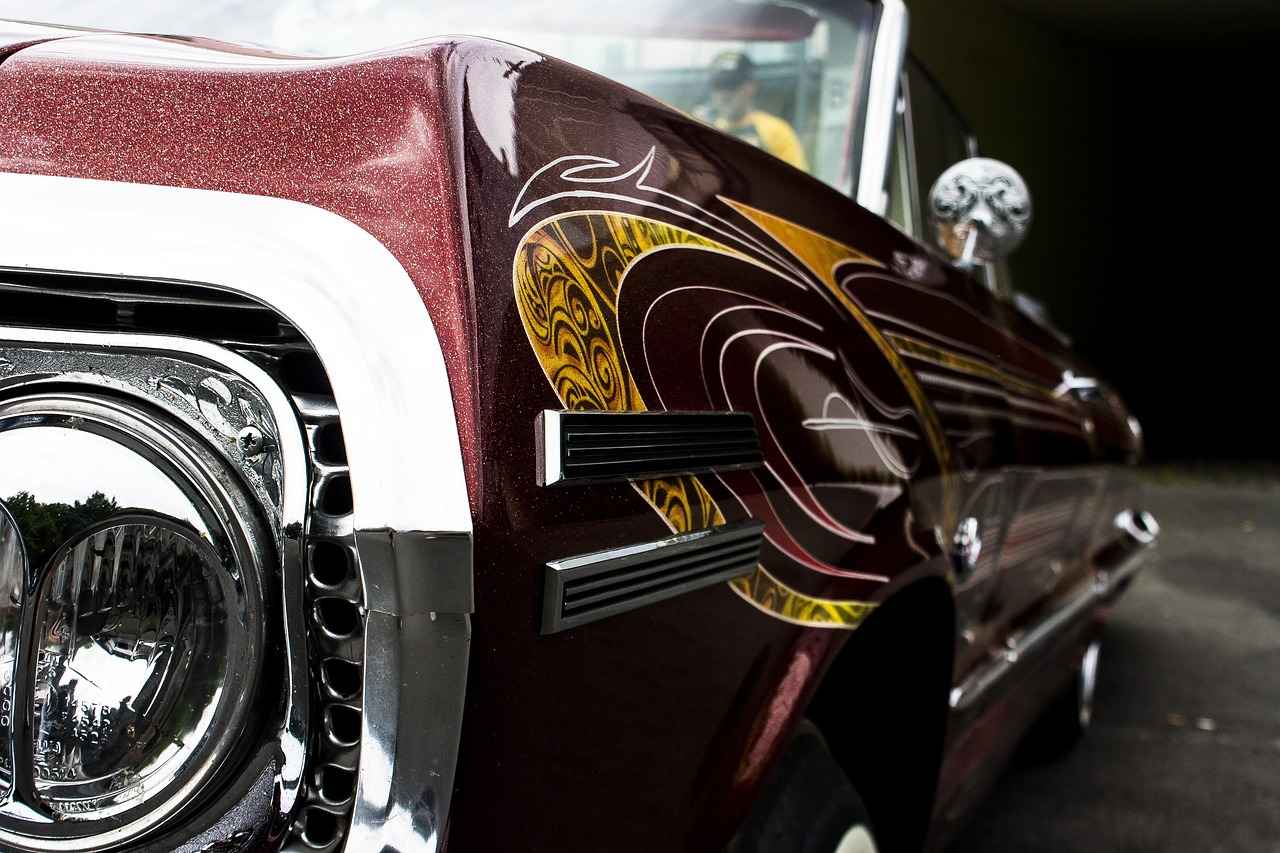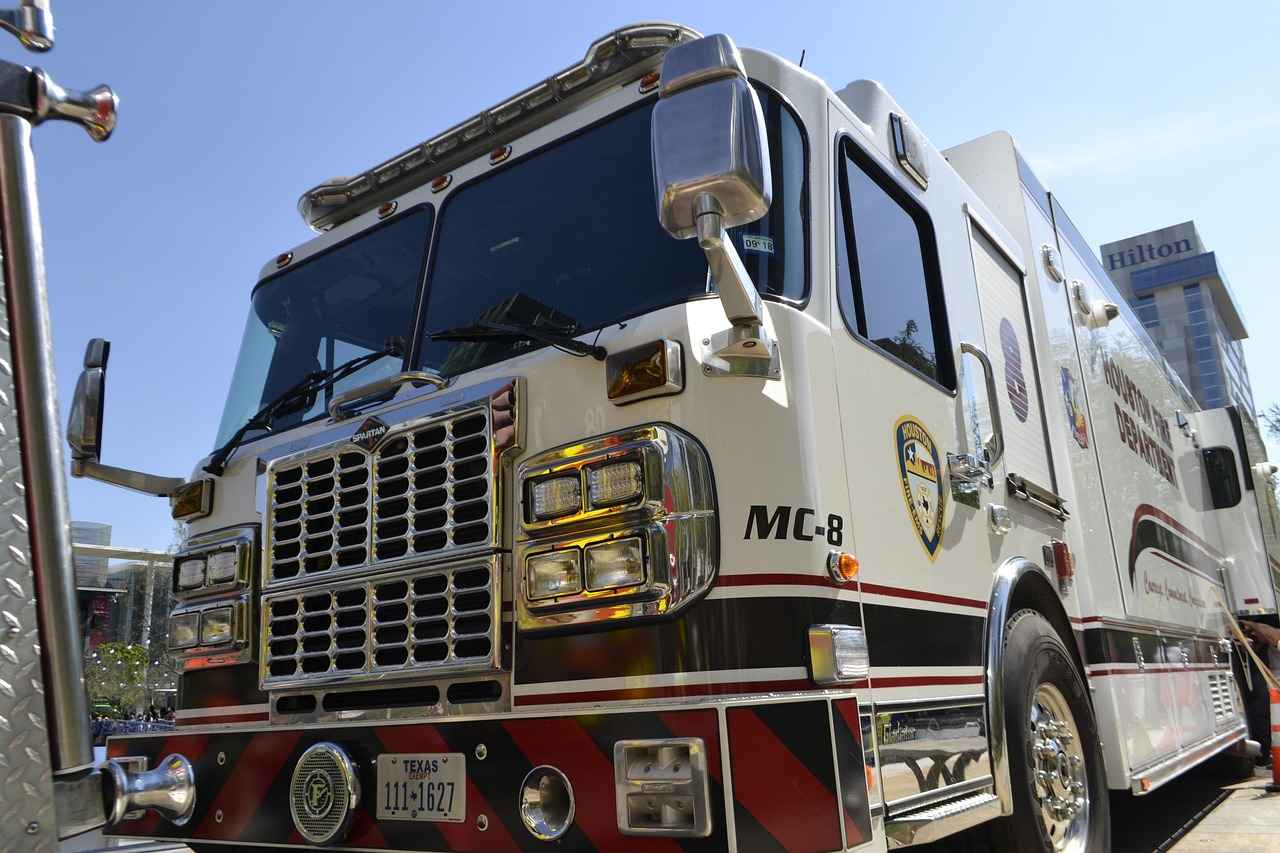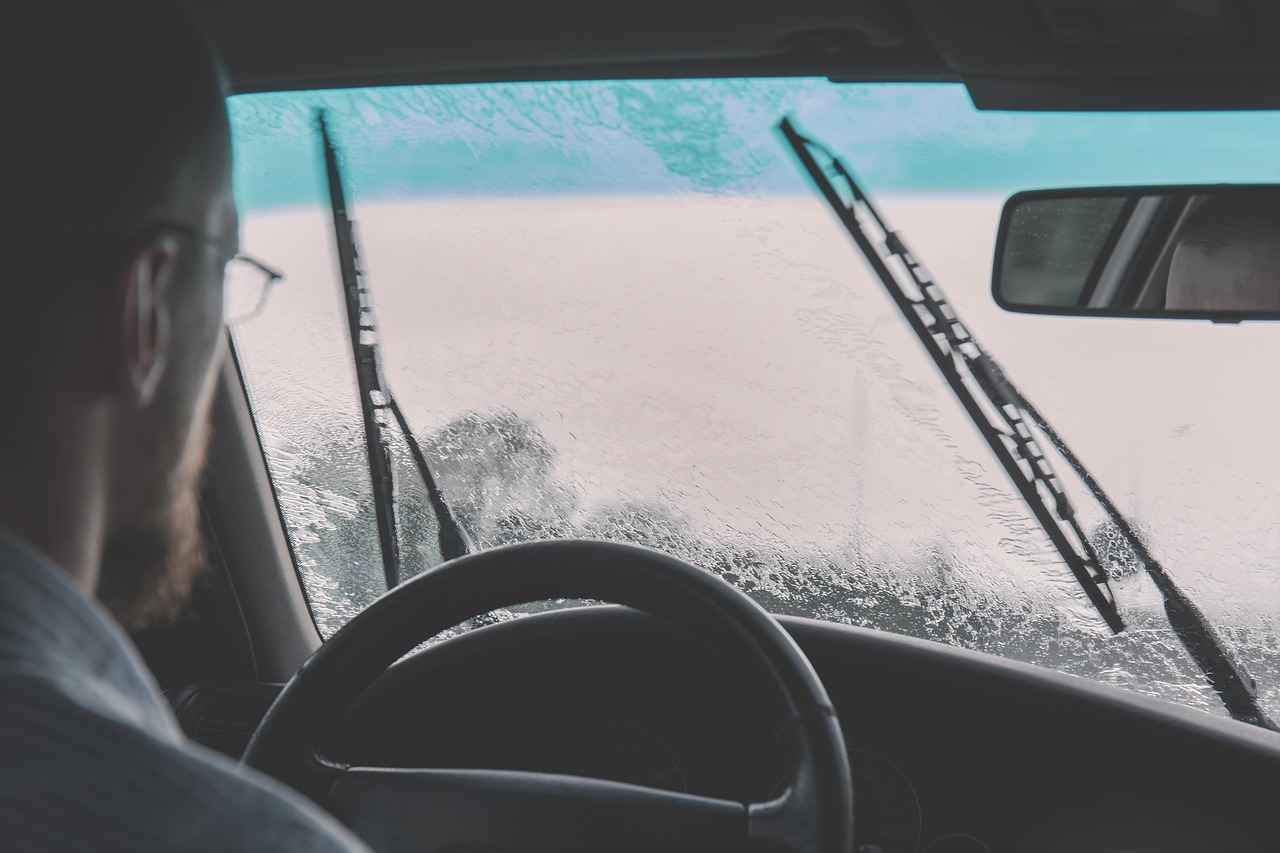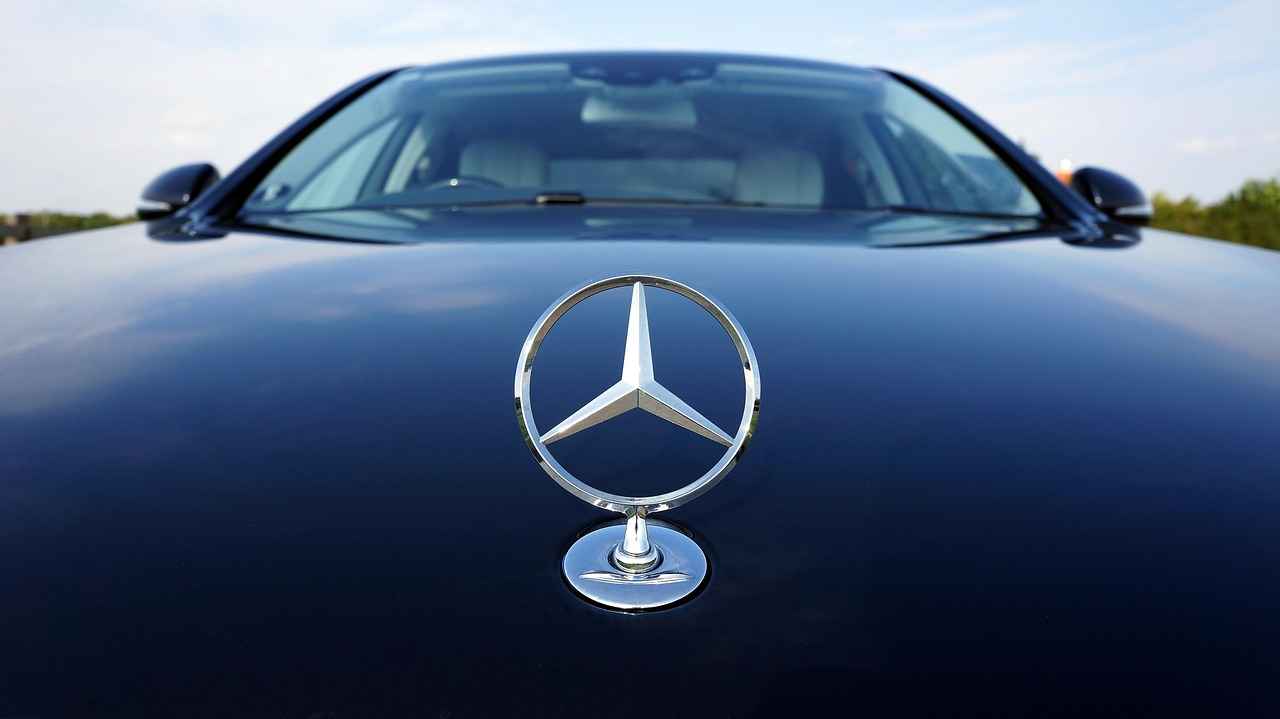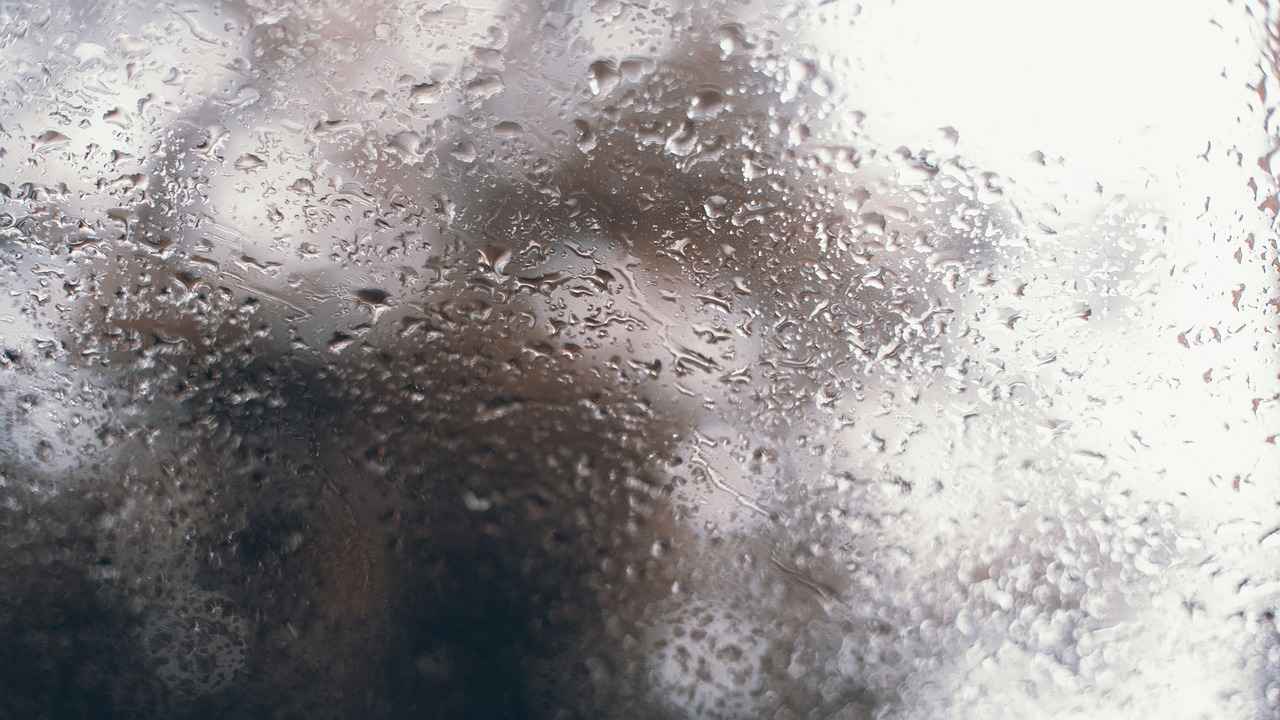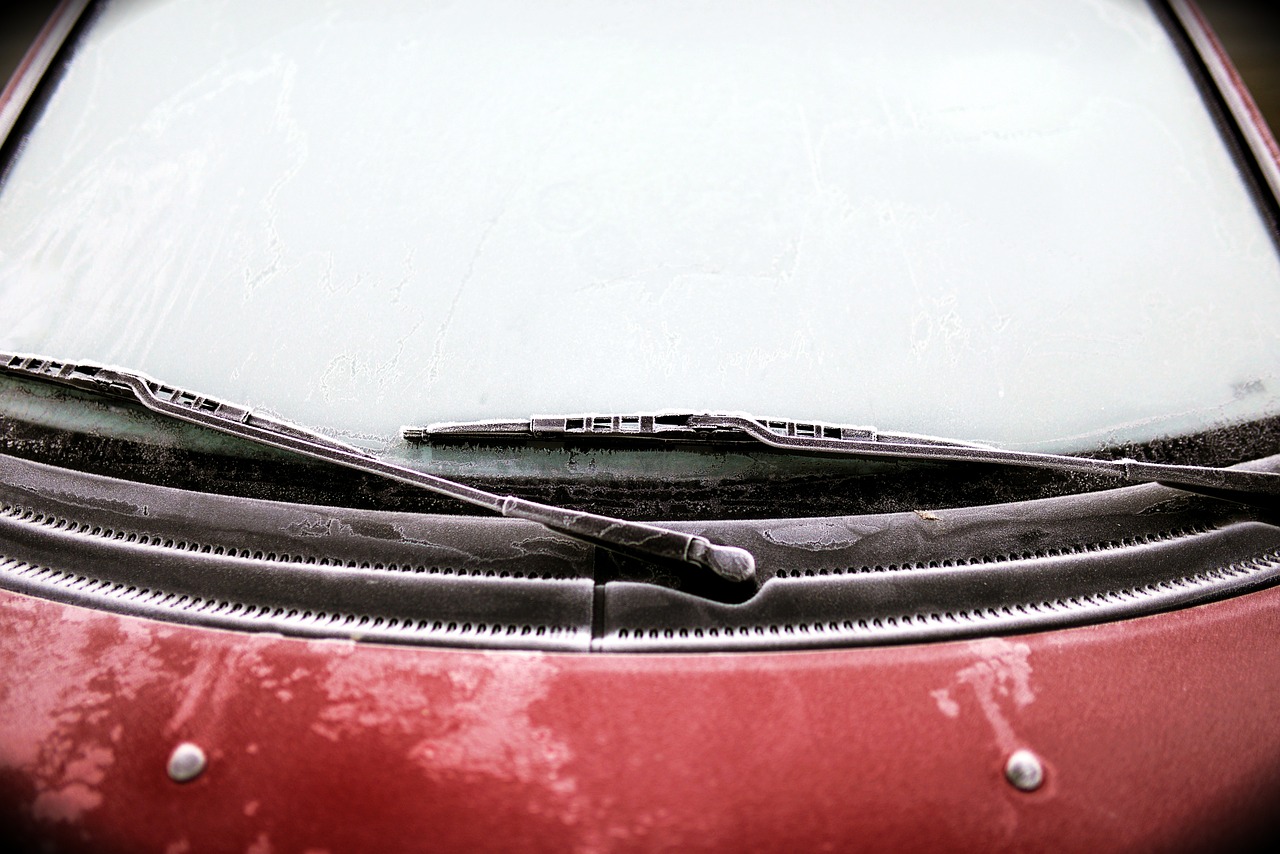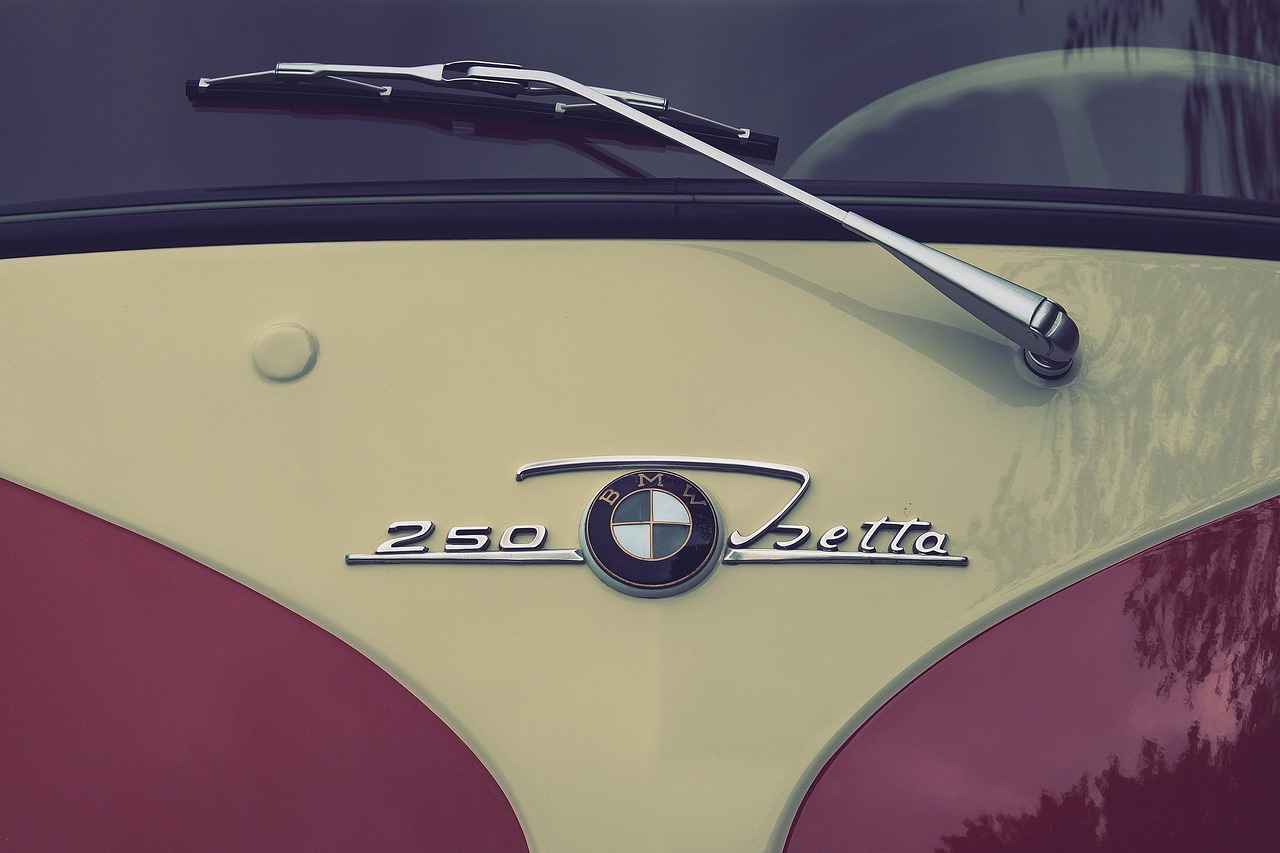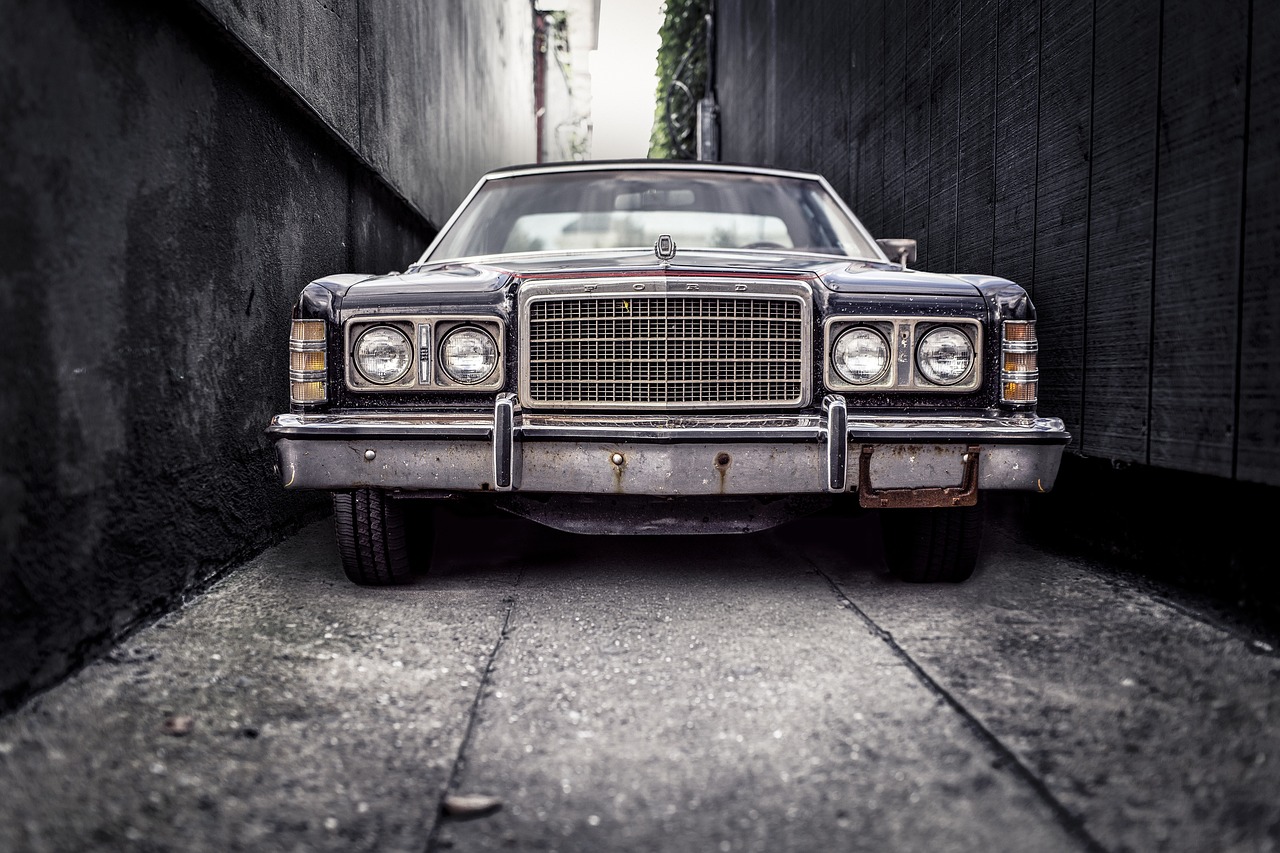This article delves into the lifespan of windshield wipers, examining the various factors that influence their durability, identifying signs of wear, and offering practical maintenance tips to ensure optimal visibility and safety while driving.
What Is the Typical Lifespan of Windshield Wipers?
Windshield wipers typically last between six months to one year. However, this lifespan can vary significantly based on several factors, including usage frequency, weather conditions, and maintenance practices. Understanding these aspects can help drivers plan timely replacements, ensuring their visibility is never compromised.
What Factors Affect Windshield Wiper Lifespan?
- Climate: Extreme weather conditions such as scorching heat or freezing temperatures can accelerate the wear and tear of wiper blades.
- Usage Frequency: The more often wipers are used, especially in adverse weather, the quicker they will degrade.
- Quality of Blades: Investing in high-quality wiper blades often results in better performance and longer longevity.
How Does Climate Impact Wiper Blade Durability?
Extreme weather can significantly impact the lifespan of your wipers. For instance, prolonged exposure to sunlight can cause the rubber to harden and crack. In contrast, cold weather can make the rubber less flexible, leading to poor performance. Understanding your local climate can assist in selecting the right wiper blades.
Does UV Exposure Affect Wiper Performance?
Yes, prolonged UV exposure can degrade the rubber material of wiper blades, leading to cracks and reduced effectiveness. Opting for UV-resistant blades can mitigate this issue and prolong the life of your wipers.
How Does Rain and Snow Influence Wiper Lifespan?
Frequent use of wipers during rainy or snowy weather conditions can lead to faster wear. It is advisable to regularly check the condition of your wipers during these seasons to ensure they are functioning optimally.
What Role Does Quality Play in Wiper Blade Longevity?
Investing in high-quality wiper blades can significantly extend their lifespan. Premium materials and innovative designs often provide enhanced performance and durability compared to standard options, making them a worthwhile investment for safety and visibility.
What Are the Signs That Wiper Blades Need Replacement?
Recognizing the signs of worn-out wiper blades is essential for safe driving. Common indicators include:
- Streaking: If your wipers leave streaks on the windshield, it may indicate that the rubber is no longer making proper contact with the glass.
- Skipping: If the wipers skip across the windshield instead of moving smoothly, it may be time for a replacement.
- Squeaking Noises: A squeaking noise during operation often signals that the rubber has hardened or is damaged.
How Can Streaking Indicate Wiper Blade Wear?
If your wipers leave streaks on your windshield, it may be time for a replacement. This issue indicates that the rubber is no longer making proper contact with the glass, leading to reduced visibility.
What Does a Squeaking Noise Mean?
A squeaking noise when using the wipers often signifies that the rubber has hardened or is damaged. Regularly checking for such sounds can help maintain clear visibility while driving.
In summary, understanding the lifespan and maintenance of windshield wipers is crucial for ensuring safety on the road. Regular checks and timely replacements can help avoid visibility issues caused by worn-out blades.
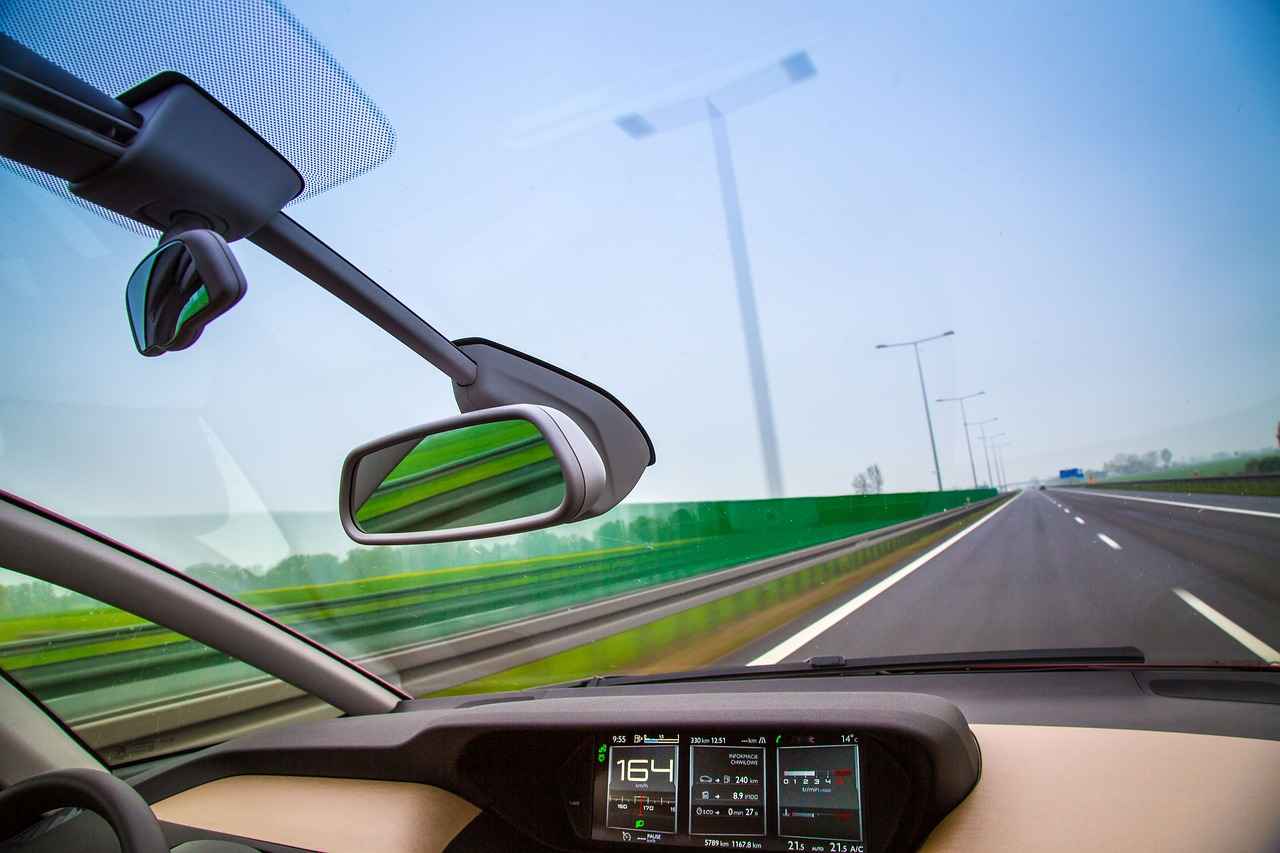
What Is the Typical Lifespan of Windshield Wipers?
When it comes to maintaining your vehicle, one of the most overlooked components is the windshield wipers. These essential tools ensure that your visibility remains clear, especially during adverse weather conditions. But how long should you expect them to last? Understanding the typical lifespan of windshield wipers can help you stay safe on the road.
Windshield wipers generally last between six months to one year, depending on various factors such as usage, weather conditions, and maintenance practices. Knowing these aspects can help in timely replacements, ensuring that your wipers function effectively when you need them the most.
Several elements can influence how long windshield wipers last. The following factors play a crucial role in determining their durability:
- Climate: Extreme weather conditions can accelerate wear.
- Frequency of Use: Regular use can lead to quicker degradation.
- Quality of Wiper Blades: Higher quality materials often last longer.
Extreme weather conditions, such as intense heat or freezing temperatures, can significantly affect the lifespan of windshield wipers. For instance, high temperatures can cause the rubber to dry out and crack, while freezing conditions can lead to brittleness. Understanding your local climate can help you choose the right wipers that can withstand such conditions.
Prolonged exposure to sunlight can degrade the rubber material of wiper blades. This degradation often leads to cracks and reduced effectiveness. To mitigate this issue, consider investing in UV-resistant blades, which are designed to withstand harsh sunlight and extend the lifespan of your wipers.
Frequent use of wipers in rainy or snowy conditions can lead to faster wear. It’s advisable to perform regular checks during these seasons to maintain optimal performance. If you notice any signs of wear, such as skipping or streaking, it’s time to consider a replacement.
Investing in high-quality wiper blades can significantly extend their lifespan. Premium materials and innovative designs often provide better performance and durability compared to standard options. Brands that focus on quality typically offer warranties, ensuring that you get the most out of your purchase.
Recognizing the signs of worn-out wiper blades is essential for safe driving. Common indicators include:
- Streaking: If your wipers leave streaks on the windshield, it may be time for a replacement.
- Skipping: Wipers that skip across the glass indicate that they are not making proper contact.
- Squeaking Sounds: A squeaking noise often signals that the rubber has hardened or is damaged.
If your wipers leave streaks on the windshield, it may indicate that the rubber is no longer making proper contact with the glass. This issue not only reduces visibility but can also lead to further damage to the windshield if left unaddressed.
A squeaking noise when using the wipers often signals that the rubber has hardened or is damaged. Regularly checking for such sounds can help maintain clear visibility while driving, making it imperative to replace wipers that exhibit these characteristics.
In summary, being aware of the factors that affect the lifespan of your windshield wipers and recognizing the signs that they need replacement can significantly enhance your driving safety. Regular maintenance and timely replacements will ensure that your wipers perform effectively, providing you with the visibility you need in all weather conditions.

What Factors Affect Windshield Wiper Lifespan?
Windshield wipers are essential for maintaining clear visibility while driving, yet many drivers overlook their maintenance and replacement. Understanding the factors that affect the lifespan of these crucial components can help ensure safety on the road. This article delves into the various elements that influence how long windshield wipers last, providing you with the knowledge needed to make informed decisions about their upkeep.
Several elements can significantly influence the durability of windshield wipers. By examining these factors, drivers can better understand when to replace their wiper blades to maintain optimal performance.
- Climate: The environment in which you live plays a critical role in the longevity of your wipers. In regions with extreme temperatures, whether hot or cold, the rubber material of the wipers can degrade more quickly. For example, high UV exposure can cause the rubber to crack, while freezing temperatures can lead to brittleness.
- Frequency of Use: The more often your wipers are used, the shorter their lifespan will generally be. Frequent use during heavy rain or snow can accelerate wear and tear. If you live in an area with frequent inclement weather, consider checking your wipers more regularly.
- Quality of Wiper Blades: Not all wiper blades are created equal. Investing in high-quality blades made from durable materials can lead to longer-lasting performance. Premium blades often incorporate advanced technology that enhances their effectiveness and resilience against harsh conditions.
- Maintenance Practices: Regular maintenance can extend the life of your wipers. Keeping your windshield clean and free of debris can prevent unnecessary wear. Additionally, periodically inspecting the wipers for signs of damage can help catch issues before they worsen.
- Windshield Condition: The surface of your windshield can also impact wiper performance. A dirty or damaged windshield may cause the wipers to skip or streak, leading to more rapid wear. Ensuring your windshield is in good condition is vital for effective wiper function.
As mentioned, climate is a significant factor in wiper blade lifespan. In areas with extreme heat, the rubber can become dry and cracked, while in colder climates, the blades may harden and lose flexibility. Regularly replacing wipers suited to your climate can enhance their effectiveness and longevity.
Prolonged exposure to sunlight can lead to the degradation of the rubber material in wiper blades. This breakdown not only reduces their effectiveness but can also lead to safety issues while driving. Opting for UV-resistant wiper blades can help mitigate this problem, ensuring better performance over time.
Frequent use of wipers in rainy or snowy conditions can lead to quicker wear. It’s crucial for drivers to regularly check their wipers during these seasons. Ensuring they are functioning properly can prevent visibility issues and enhance overall safety while driving.
Investing in high-quality wiper blades can significantly extend their lifespan. Premium blades often use advanced materials and designs that provide superior performance compared to standard options. While they may come at a higher upfront cost, their durability and effectiveness can save you money in the long run.
In summary, understanding the various factors that affect the lifespan of windshield wipers is essential for maintaining safety on the road. By considering elements such as climate, usage frequency, quality, maintenance practices, and windshield condition, drivers can ensure their wipers are always in optimal condition.
How Does Climate Impact Wiper Blade Durability?
Understanding how climate impacts the durability of windshield wipers is crucial for ensuring optimal vehicle performance. Wiper blades are essential for maintaining visibility during adverse weather conditions, and their lifespan can be significantly influenced by the environment in which they operate. Here, we delve into the various climatic factors that affect wiper blade longevity.
Extreme weather conditions, such as intense heat or freezing temperatures, can lead to accelerated wear and tear of wiper blades. In regions that experience high temperatures, the rubber components of the wipers can become brittle and crack over time. On the other hand, freezing temperatures can cause the rubber to harden, reducing its flexibility and effectiveness. This dual threat underscores the importance of selecting wipers that are specifically designed to withstand the local climate.
High humidity and frequent precipitation can also play a significant role in wiper blade degradation. In areas with heavy rainfall or snow, wipers are used more often, leading to faster wear. The moisture can cause the rubber to deteriorate more quickly, resulting in a need for more frequent replacements. To combat this, it is advisable to inspect wipers regularly during wet seasons and replace them as needed.
Prolonged exposure to ultraviolet (UV) rays can be detrimental to the performance of windshield wipers. UV radiation can cause the rubber to break down, leading to cracks and loss of elasticity. This degradation often occurs even when the wipers are not in use, making it essential to choose wipers with UV-resistant materials. Regularly checking for signs of wear can help maintain visibility and safety.
Given the various climatic factors that influence wiper performance, selecting the right type of wiper blades is essential. For instance, if you live in an area with extreme heat, consider investing in high-quality silicone wipers that offer better resistance to UV rays and temperature fluctuations. Conversely, for regions with heavy snowfall, it may be wise to opt for winter wiper blades designed to handle ice and snow buildup.
In addition to choosing the right wipers, regular maintenance is vital for extending their lifespan. This includes cleaning the blades and windshield to prevent dirt buildup, which can cause scratching and reduce effectiveness. Additionally, during seasonal changes, it is recommended to inspect the wipers for any signs of wear, such as streaking or squeaking noises, which can indicate that replacement is necessary.
In summary, the climate in which you operate your vehicle plays a significant role in the durability of windshield wipers. By understanding the effects of temperature, humidity, UV exposure, and precipitation, you can make informed decisions when selecting and maintaining wiper blades. This proactive approach will not only enhance your driving experience but also ensure the safety of you and your passengers on the road.
Does UV Exposure Affect Wiper Performance?
Windshield wipers are essential for maintaining clear visibility while driving, especially during adverse weather conditions. However, many drivers overlook the importance of the materials used in these crucial components. One significant factor that affects wiper performance is ultraviolet (UV) exposure. In this section, we will explore how prolonged exposure to sunlight can impact wiper blades and what measures can be taken to mitigate these effects.
The rubber material used in most windshield wipers is susceptible to degradation when exposed to UV rays. Over time, this exposure can lead to cracks and tears in the rubber, ultimately reducing the effectiveness of the wipers. This degradation compromises the ability of the wipers to clear water, dirt, and debris from the windshield, which can pose a safety hazard while driving.
Rubber is a natural material that contains polymers, which can break down when exposed to sunlight. This process, known as photodegradation, leads to a loss of elasticity and strength in the rubber. As a result, wiper blades may become brittle and less effective at making contact with the windshield. This can lead to various performance issues, including:
- Streaking: Inability to clear the windshield effectively.
- Skipping: Wipers that do not move smoothly across the glass.
- Noise: Squeaking sounds indicating wear and tear.
To combat the effects of UV exposure, it is essential to choose UV-resistant wiper blades. These blades are designed with advanced materials that offer better protection against sunlight. Additionally, consider the following tips:
- Regular Inspections: Check your wiper blades every few months for signs of wear.
- Proper Storage: If possible, park your vehicle in a garage or shaded area to minimize direct sunlight exposure.
- Seasonal Changes: Replace wiper blades at the beginning of each season to ensure optimal performance.
Investing in UV-resistant wiper blades can save you money in the long run. These blades not only last longer but also maintain their performance better than standard options. Some benefits include:
- Improved Visibility: Enhanced clearing ability during rain or snow.
- Increased Durability: Resistance to cracking and wear.
- Cost-Effectiveness: Fewer replacements needed over time.
In summary, UV exposure significantly affects the performance and longevity of windshield wiper blades. By choosing UV-resistant options and implementing proper maintenance practices, drivers can ensure their wipers remain effective, providing clear visibility and enhancing overall safety on the road.
How Does Rain and Snow Influence Wiper Lifespan?
When it comes to driving in adverse weather conditions, windshield wipers play a crucial role in ensuring safety and visibility. Understanding how rain and snow affect the lifespan of these essential components can help drivers maintain their vehicles effectively.
Frequent use of windshield wipers in rainy or snowy conditions can lead to accelerated wear and tear. The constant movement against the windshield, combined with moisture, can degrade the rubber material of the wiper blades. Here are some key factors to consider:
- Increased Friction: The friction between the wiper blades and the windshield increases during heavy rain or snowfall. This can cause the rubber to wear out faster, leading to reduced effectiveness.
- Debris and Contaminants: Rain and snow can carry dirt, grime, and other particles that may accumulate on the windshield. When wipers are used to clear this debris, they can become damaged more quickly.
- Ice Formation: In snowy conditions, ice can form on the windshield, making it necessary to use wipers more frequently. Attempting to wipe away ice can put additional stress on the blades, leading to premature wear.
To ensure optimal performance and safety, it is crucial to conduct regular checks on your windshield wipers during the rainy and snowy seasons. Here are some practical tips:
- Inspect Wiper Blades: Look for signs of wear such as cracks, tears, or hardened rubber. If any of these are present, it’s time for a replacement.
- Test Wiper Functionality: Activate your wipers and observe their performance. If they leave streaks or miss spots, they may not be making proper contact with the windshield.
- Keep Windshield Clean: Regularly clean your windshield to minimize debris accumulation. This will help reduce the workload on your wipers.
Investing in high-quality wiper blades can significantly improve their lifespan and performance. Premium wiper blades are typically designed to withstand harsh weather conditions better than standard options. They often feature advanced materials that resist wear and tear, ensuring clearer visibility during rain and snow.
While the general recommendation is to replace wiper blades every six to twelve months, factors such as frequent use in inclement weather may necessitate more frequent replacements. If you live in an area prone to heavy rain or snow, consider checking your wipers every few months to ensure they remain in optimal condition.
In summary, understanding how rain and snow influence the lifespan of windshield wipers is vital for maintaining vehicle safety. By conducting regular checks, investing in quality blades, and being mindful of the conditions in which you drive, you can ensure that your wipers perform effectively when you need them the most.
What Role Does Quality Play in Wiper Blade Longevity?
When it comes to ensuring a clear view while driving, the quality of your windshield wipers plays a crucial role. Investing in high-quality wiper blades not only enhances visibility but also significantly extends their lifespan. This article delves into the importance of choosing premium wiper blades and how their materials and designs can affect performance and durability.
High-quality wiper blades are engineered with superior materials that resist wear and tear. They often feature advanced rubber compounds that provide better flexibility and durability compared to standard options. This means they can withstand harsh weather conditions without cracking or deteriorating quickly. In addition to longevity, these blades also offer improved performance, ensuring a clear and unobstructed view during rain or snow.
- Natural Rubber: This material is known for its flexibility and durability, making it ideal for wiper blades. It can conform to the windshield, providing a better wipe.
- Synthetic Rubber: Often used in premium blades, synthetic rubber offers enhanced resistance to UV rays and extreme temperatures, prolonging their lifespan.
- Graphite Coating: Some high-end wiper blades come with a graphite coating that reduces friction, allowing for smoother operation and less noise.
The design of a wiper blade can also influence its effectiveness and lifespan. Premium wiper blades often incorporate features such as:
- Beam Design: This design provides better contact with the windshield, ensuring a more effective wipe and reducing wear.
- Spring Tension: High-quality blades typically have better spring tension systems, allowing them to maintain consistent pressure against the glass.
- Weather-Resistant Frames: Frames made from corrosion-resistant materials can withstand various weather conditions, further extending the lifespan of the blades.
While high-quality wiper blades may come with a higher initial cost, they often prove to be more economical in the long run. By reducing the frequency of replacements and providing better performance, premium wipers can save you money over time. Additionally, they contribute to safer driving conditions by ensuring clear visibility.
To maximize the lifespan of your wiper blades, regular maintenance is essential. Here are some practical tips:
- Regular Cleaning: Keep the blades clean from dirt and debris to prevent scratching the windshield.
- Inspect for Damage: Regularly check for signs of wear, such as cracks or stiffness, and replace them as needed.
- Use During Appropriate Conditions: Avoid using wipers on dry glass or in freezing conditions, as this can cause unnecessary wear.
In conclusion, investing in high-quality wiper blades is a smart choice for any driver. Their superior materials and design features not only enhance performance and safety but also extend their lifespan significantly. By understanding the benefits of premium wipers and maintaining them properly, you can ensure a clear view and safer driving experience.

What Are the Signs That Wiper Blades Need Replacement?
When it comes to maintaining your vehicle, windshield wipers are often overlooked, yet they play a crucial role in ensuring your safety while driving. Understanding the signs that wiper blades need replacement is vital for maintaining clear visibility in adverse weather conditions. Below, we will explore the various indicators that suggest it’s time to replace your wiper blades.
Recognizing the signs of worn-out wiper blades is essential for safe driving. Common indicators include:
- Streaking: If your wipers leave streaks on the windshield, this is a clear sign that the rubber is worn out and not making proper contact with the glass.
- Skipping: Wipers that skip across the windshield instead of moving smoothly can indicate that the blades are damaged or not positioned correctly.
- Squeaking Sounds: A squeaking noise during operation often signals that the rubber has hardened or is damaged, which can lead to ineffective wiping.
- Cracks or Tears: Physical damage to the rubber, such as cracks or tears, can severely diminish the performance of your wipers.
- Reduced Visibility: If your wipers are not clearing water effectively, it may lead to compromised visibility, especially in heavy rain.
Streaking occurs when the wiper blades fail to make adequate contact with the windshield. This can happen due to degradation of the rubber material over time. If you notice streaks, it’s a good idea to inspect your wipers closely. Streaks not only hinder visibility but can also lead to dangerous driving conditions.
A squeaking noise when using the wipers often indicates that the rubber has lost its flexibility and is no longer gliding smoothly across the glass. This can result from prolonged exposure to sunlight or harsh weather conditions, causing the rubber to harden. Regular checks for such sounds can help maintain clear visibility while driving, ensuring your safety.
Skipping can occur when the wiper blade is not securely attached to the arm or if the blade has become warped. This issue can lead to uneven wiping, leaving sections of the windshield untouched. If you experience skipping, it’s crucial to check the attachment of the wiper blade and consider replacing it if necessary.
Cracks or tears in the rubber of the wiper blades can drastically reduce their effectiveness. These damages can result from exposure to extreme temperatures or simply from age. Inspecting your wiper blades regularly for any signs of physical damage is essential to ensure they function properly.
Driving with worn-out wiper blades can lead to significantly reduced visibility, especially during rain or snow. This not only increases the risk of accidents but also compromises your ability to react to sudden changes in your environment. Ensuring your wipers are in top condition is not just a matter of convenience but a critical aspect of road safety.
In conclusion, being proactive about wiper blade maintenance can greatly enhance your driving experience. Regularly inspecting your wipers for the signs mentioned above will help ensure that you maintain optimal visibility and safety on the road.
How Can Streaking Indicate Wiper Blade Wear?
When it comes to maintaining your vehicle, wiper blades are often overlooked. However, they play a crucial role in ensuring your safety by providing clear visibility during adverse weather conditions. One of the most telling signs that your wiper blades are wearing out is streaking on your windshield. This article delves deeper into what streaking means, why it occurs, and when you should consider replacing your wiper blades.
If your windshield wipers are leaving behind streaks, it is a clear indication that the rubber blade is not making proper contact with the glass surface. This lack of contact can be due to several factors, including:
- Worn-out Rubber: Over time, the rubber on the wiper blades can become brittle and cracked, leading to ineffective cleaning.
- Improper Installation: If the wiper blades are not installed correctly, they may not align properly with the windshield.
- Contaminants on the Glass: Dirt, grime, or other residues on the windshield can also cause streaks, as they interfere with the wiper’s ability to clean the surface.
Understanding the reasons behind wiper blade wear can help you take proactive measures. Here are some common factors:
- Environmental Conditions: Extreme temperatures, whether hot or cold, can accelerate the degradation of wiper blades.
- Frequency of Use: Regular use, especially in heavy rain or snow, can lead to quicker wear and tear.
- Quality of Wiper Blades: Investing in high-quality blades can make a significant difference in longevity and performance.
To ensure your wiper blades are functioning optimally, perform regular checks. Look for:
- Streaking: As previously discussed, this is a major indicator of wear.
- Skipping: If the wipers skip across the glass instead of moving smoothly, they may need replacement.
- Noisy Operation: Squeaking or chattering sounds can also indicate that the rubber is hardening or damaged.
If you find that your wipers are leaving streaks, it’s essential to take action promptly. Here are some steps you can follow:
- Inspect the Wiper Blades: Check for visible signs of wear, such as cracks or tears in the rubber.
- Clean Your Windshield: Sometimes, a simple cleaning can improve wiper performance. Use a glass cleaner to remove any contaminants.
- Replace Wiper Blades: If the streaking persists after cleaning, it’s likely time for a replacement. Look for blades that suit your vehicle and driving conditions.
As a general rule, it is advisable to replace your windshield wipers every six to twelve months. However, this can vary based on your local climate and driving habits. Regular inspections and being attentive to signs of wear, such as streaking, can help maintain optimal visibility and safety while driving.
In conclusion, paying attention to the condition of your wiper blades is vital for safe driving. Streaking is a clear sign that your wipers may need replacement. By being proactive and conducting regular checks, you can ensure that your vehicle remains safe and your visibility is never compromised.
What Does a Squeaking Noise Mean?
When it comes to ensuring a safe driving experience, the condition of your windshield wipers plays a crucial role. One of the common issues drivers encounter is a squeaking noise when using the wipers. This sound often indicates that the rubber material of the wiper blades has either hardened or become damaged. Understanding the implications of this noise is essential for maintaining clear visibility on the road.
A squeaking noise can be attributed to several factors. The most prevalent reason is the degradation of the rubber material that comes into contact with the windshield. Over time, exposure to harsh weather conditions, such as intense heat or freezing temperatures, can lead to wear and tear on the wiper blades. Additionally, prolonged exposure to UV rays can cause the rubber to crack and lose its flexibility, resulting in poor performance and unwanted sounds.
Aside from the audible squeaking, there are other signs that indicate your wiper blades may need replacement:
- Streaking: If your wipers leave streaks on the windshield, it suggests that the rubber is not making proper contact with the glass.
- Skipping: Wipers that do not glide smoothly across the glass may skip sections, further impairing visibility.
- Visible Damage: Inspect the blades for cracks or tears that can compromise their effectiveness.
If you notice a squeaking noise while using your wipers, it is crucial to take action promptly. Here are some steps you can follow:
- Inspect the Wiper Blades: Check for any visible signs of wear or damage. If the rubber appears hard or cracked, it’s time for a replacement.
- Clean the Windshield: Sometimes, dirt or debris can cause noise. Cleaning the windshield can help improve wiper performance.
- Replace Wiper Blades: If the blades are worn out, consider replacing them with high-quality options designed for your vehicle.
Regular maintenance is key to ensuring optimal performance of your windshield wipers. It is advisable to check your wiper blades at least every six months. However, during extreme weather conditions, such as heavy rain or snow, more frequent checks are recommended. This proactive approach can help prevent unexpected issues and ensure that your visibility remains clear.
In summary, a squeaking noise from your windshield wipers is a clear indication that they may need attention. By being vigilant and performing regular checks, you can maintain your vehicle’s wiper system and ensure a safer driving experience. Remember, effective wipers are essential for clear visibility, especially during adverse weather conditions.
Frequently Asked Questions
- How can I tell if my windshield wipers need to be replaced?
If you notice streaks on your windshield, skipping during operation, or hear a squeaking noise, it’s time to consider replacing your wipers. These signs indicate that the rubber is worn out and not making proper contact with the glass.
- What factors can shorten the lifespan of my wiper blades?
Several factors can impact how long your wipers last, including extreme weather conditions, frequent use, and the quality of the wiper blades themselves. For instance, intense heat or freezing temperatures can cause the rubber to degrade faster.
- How often should I replace my windshield wipers?
As a general rule, windshield wipers should be replaced every six months to a year. However, if you live in an area with harsh weather conditions or use your wipers frequently, you might need to change them more often.
- Can I extend the life of my windshield wipers?
Absolutely! Regular maintenance, such as cleaning the blades and windshield, can help. Additionally, using high-quality wiper blades designed to withstand UV exposure can significantly enhance their durability.
